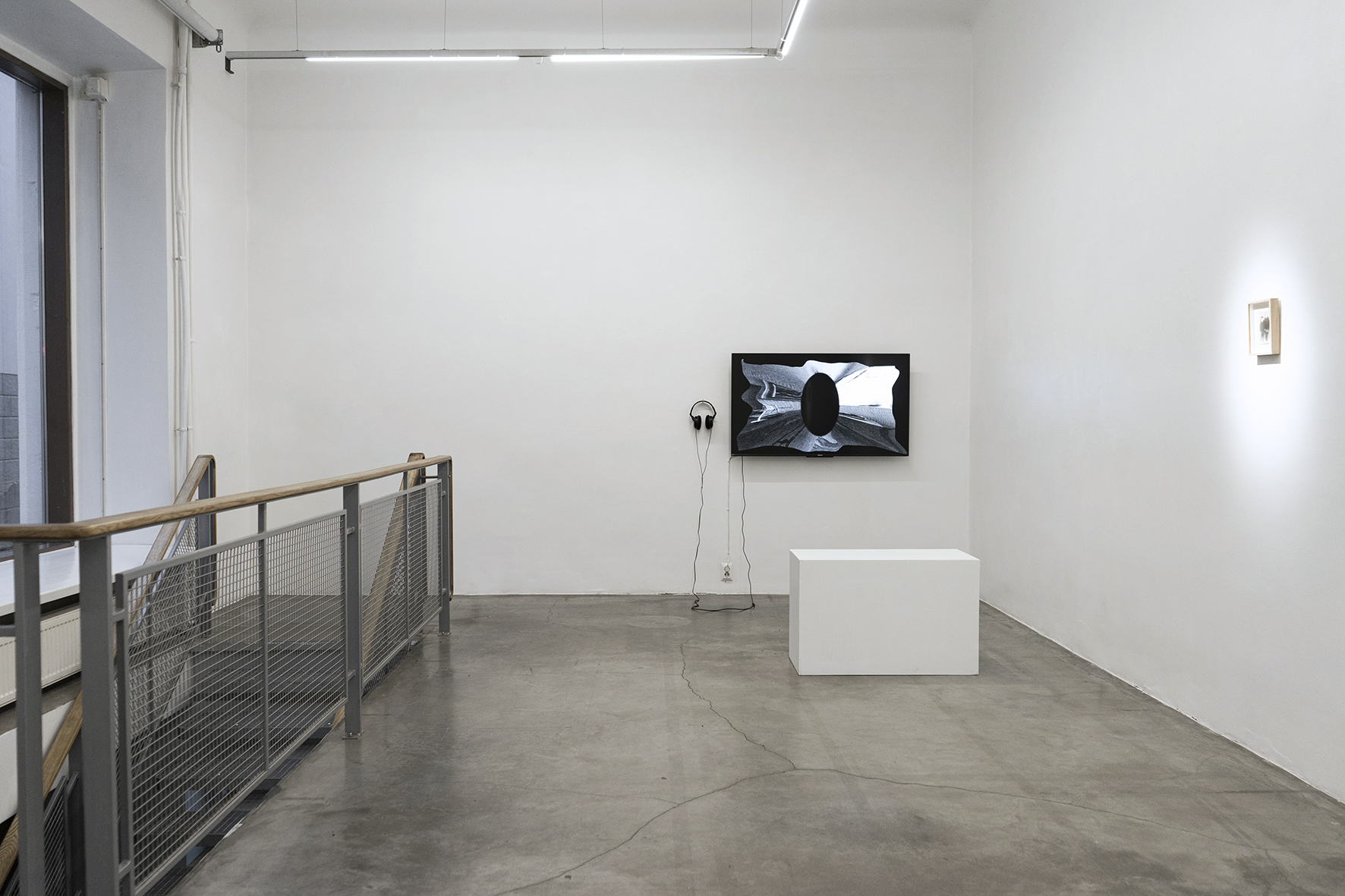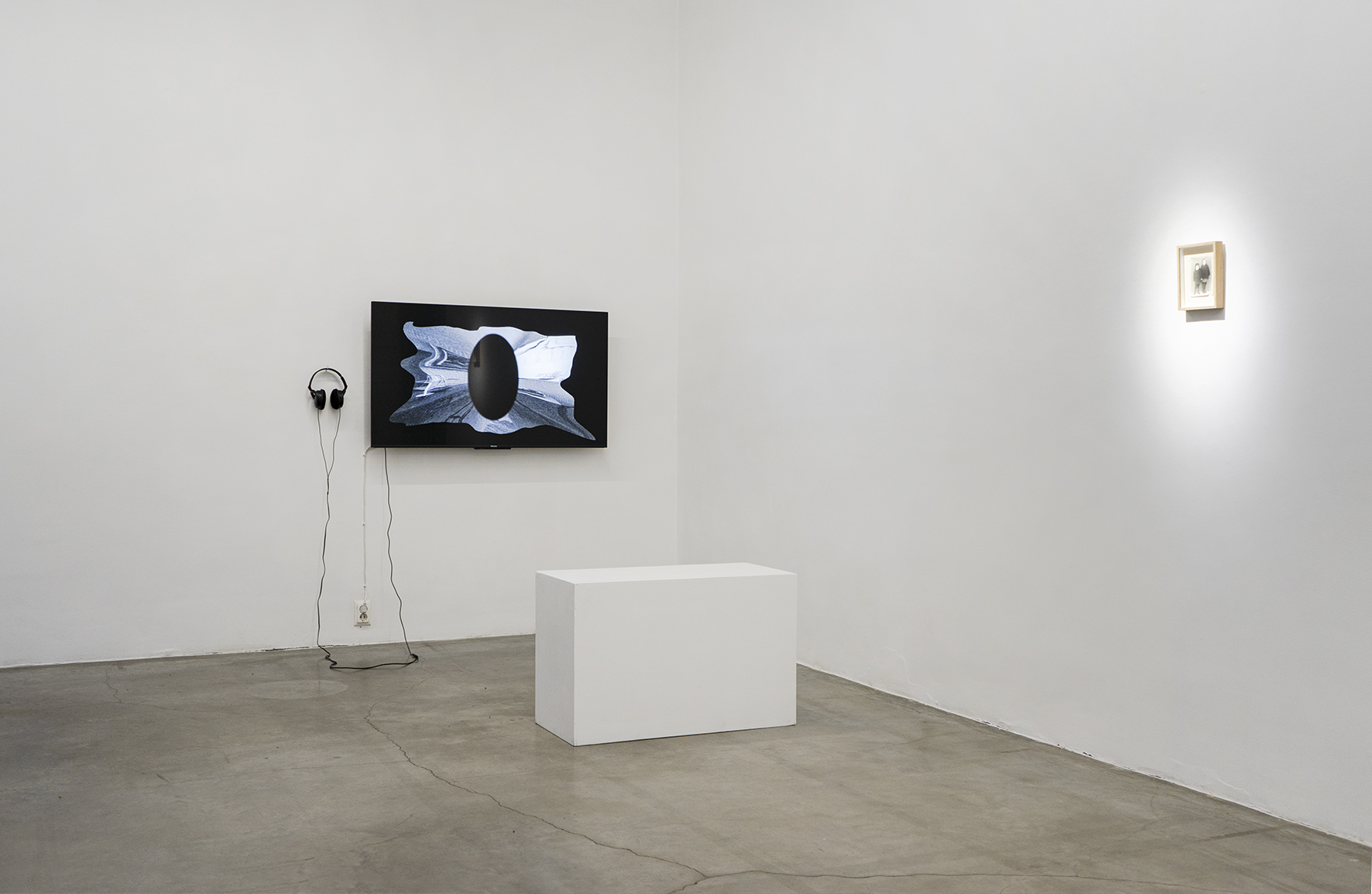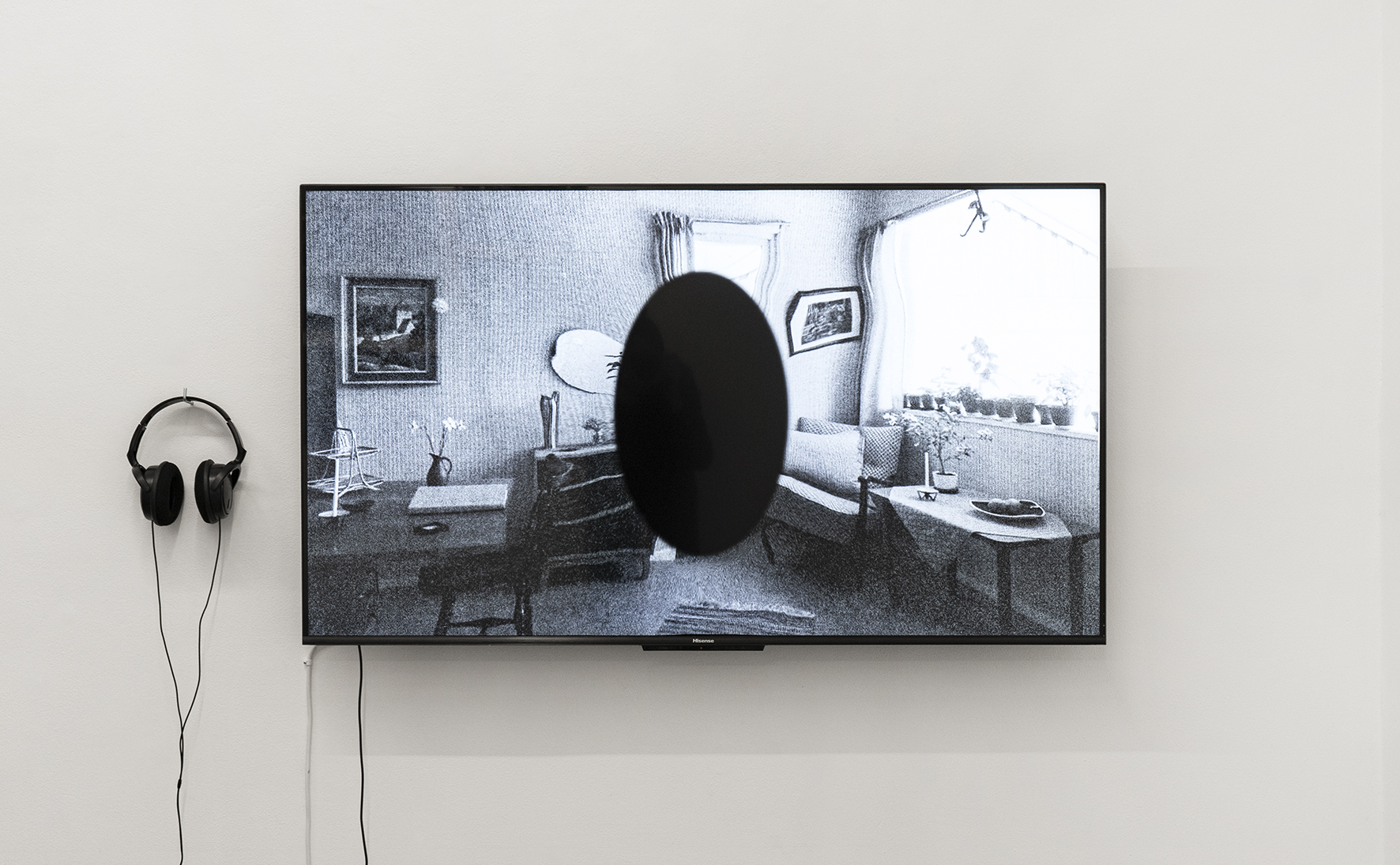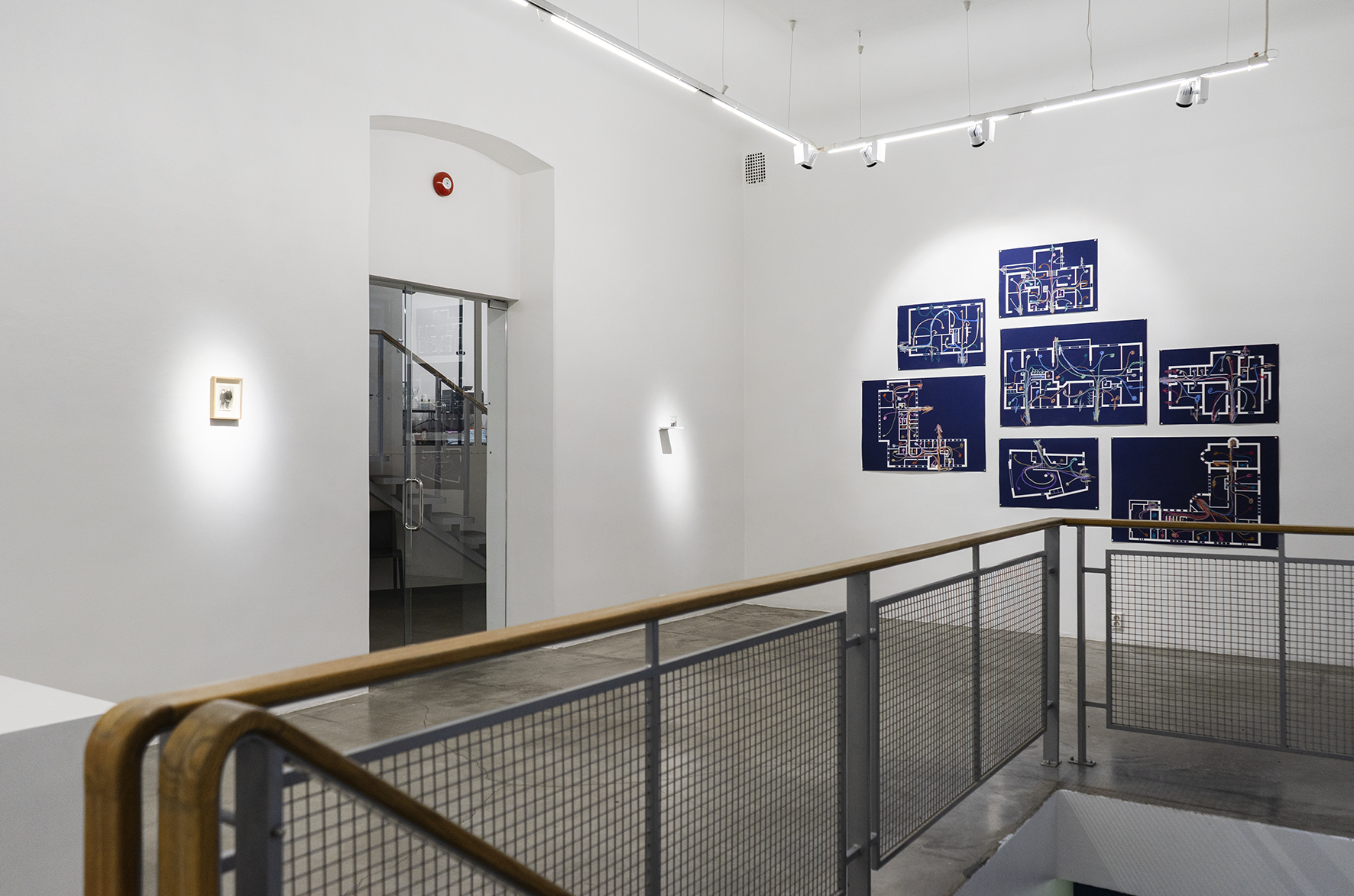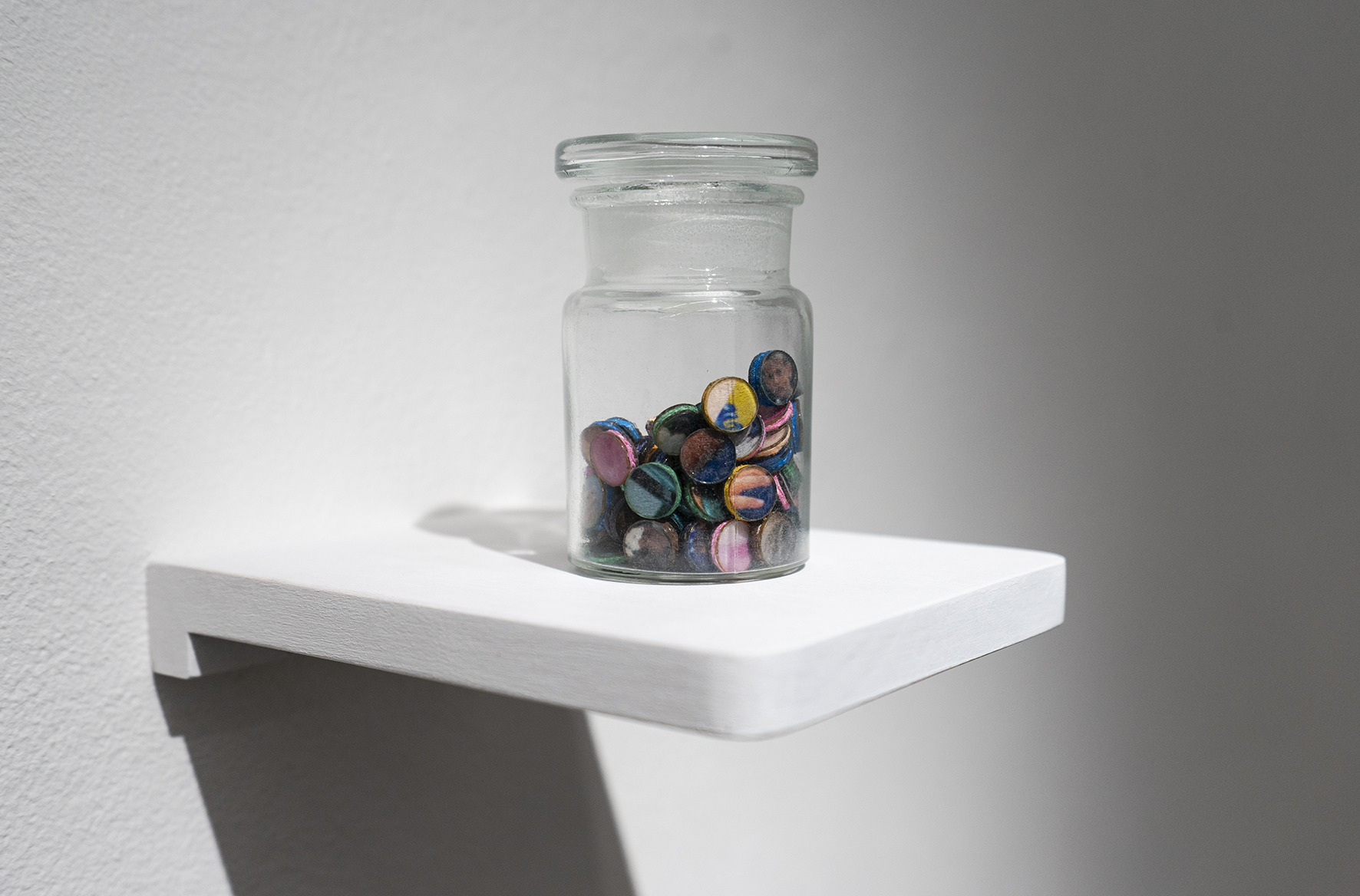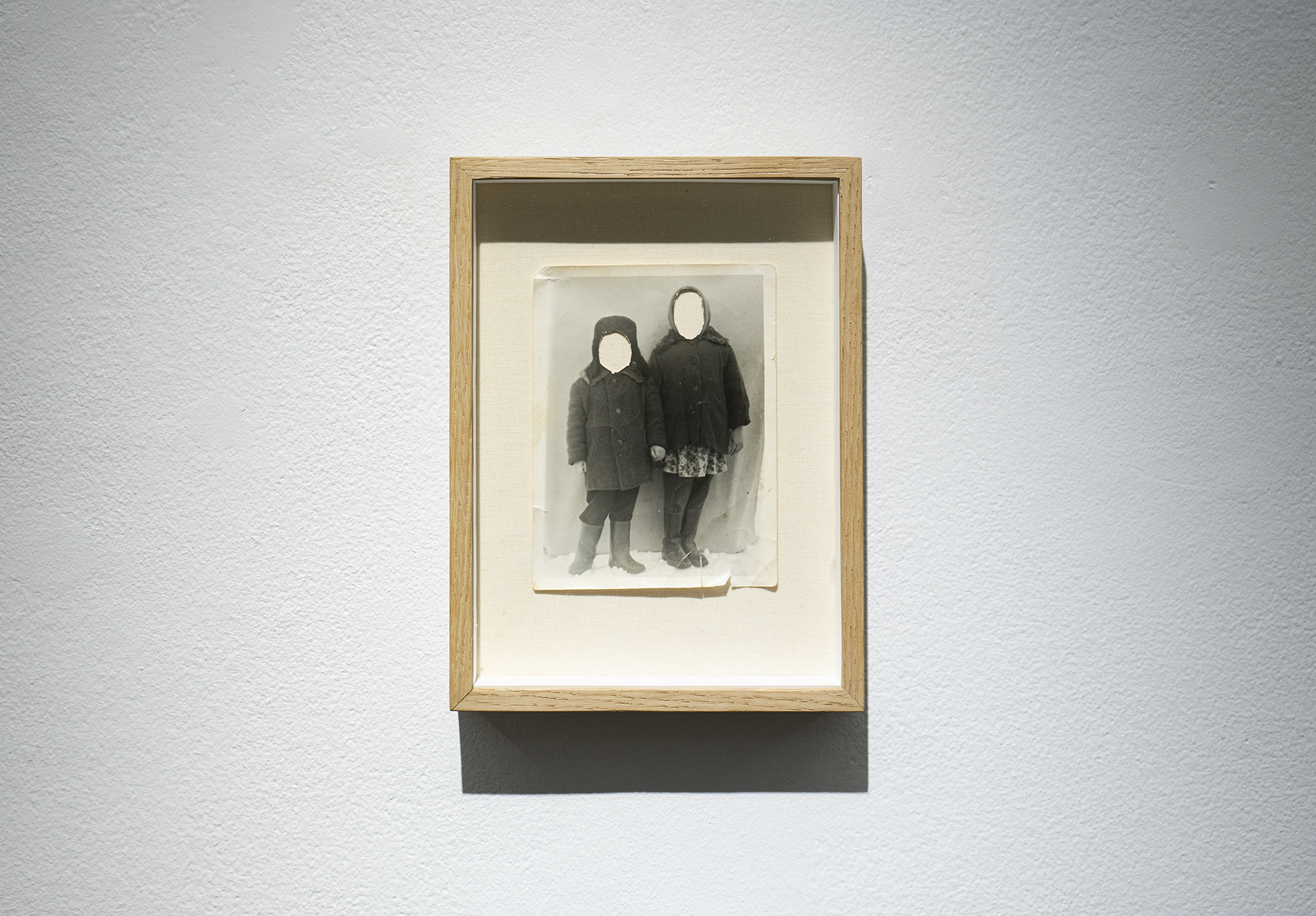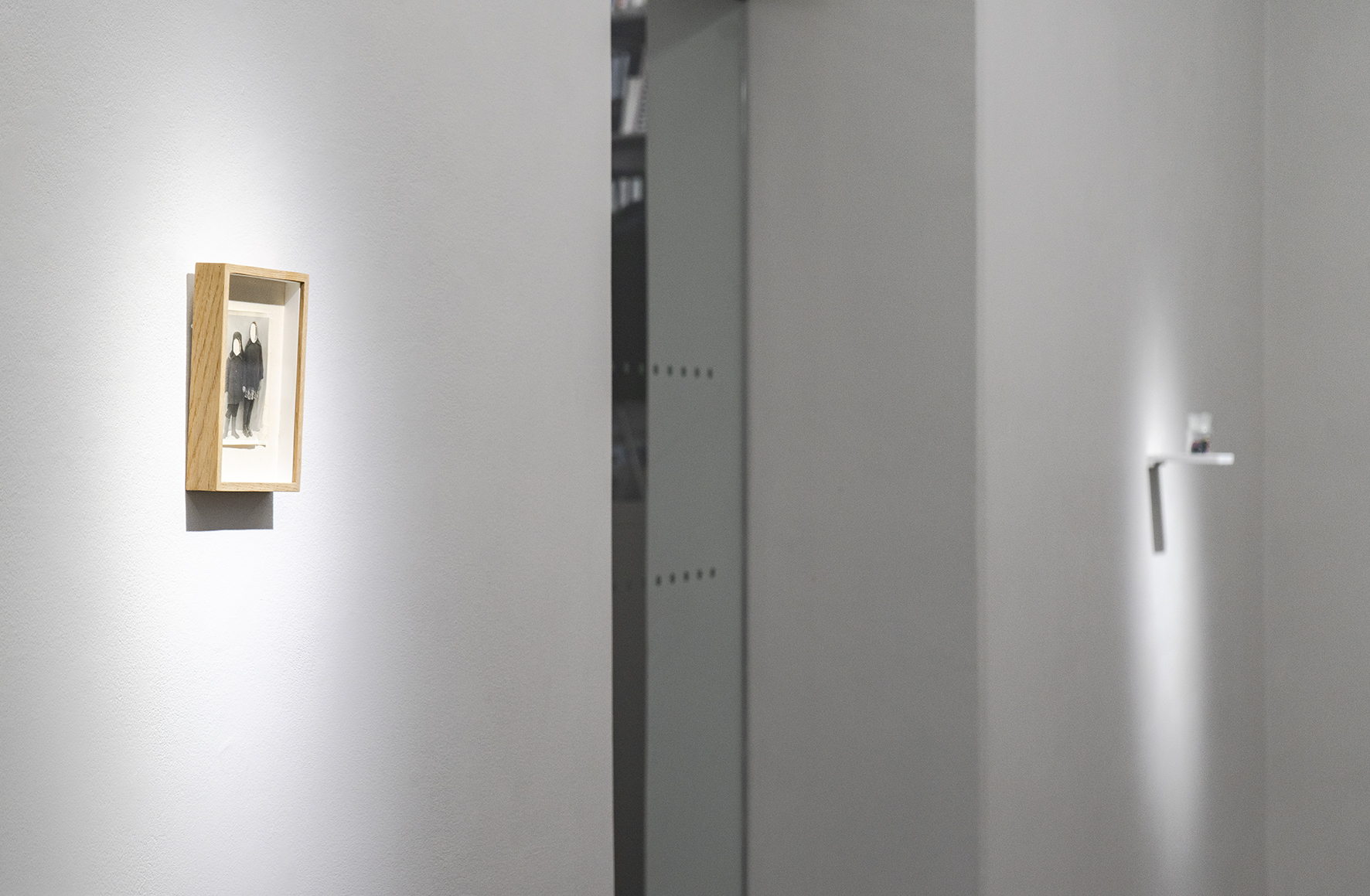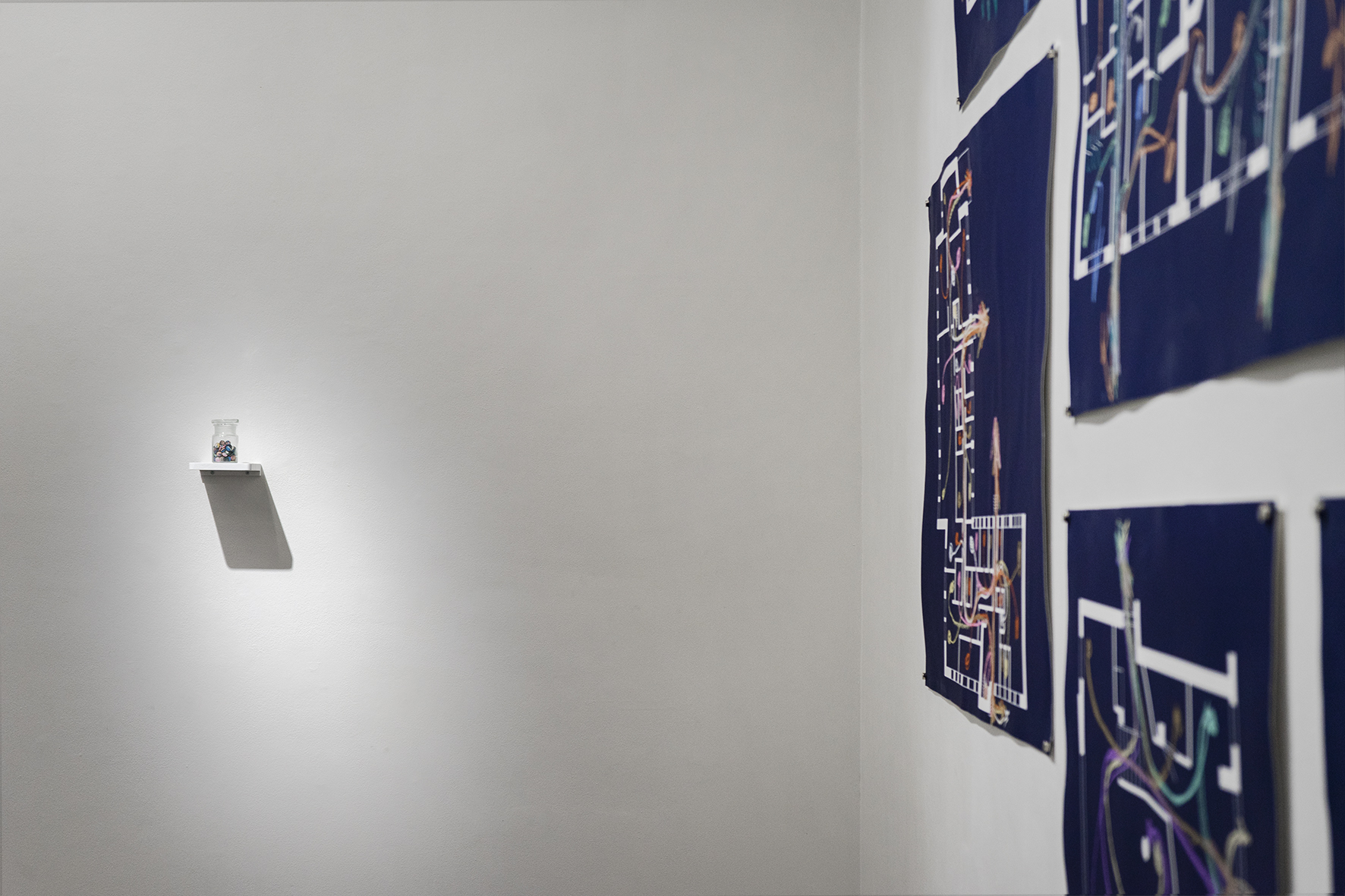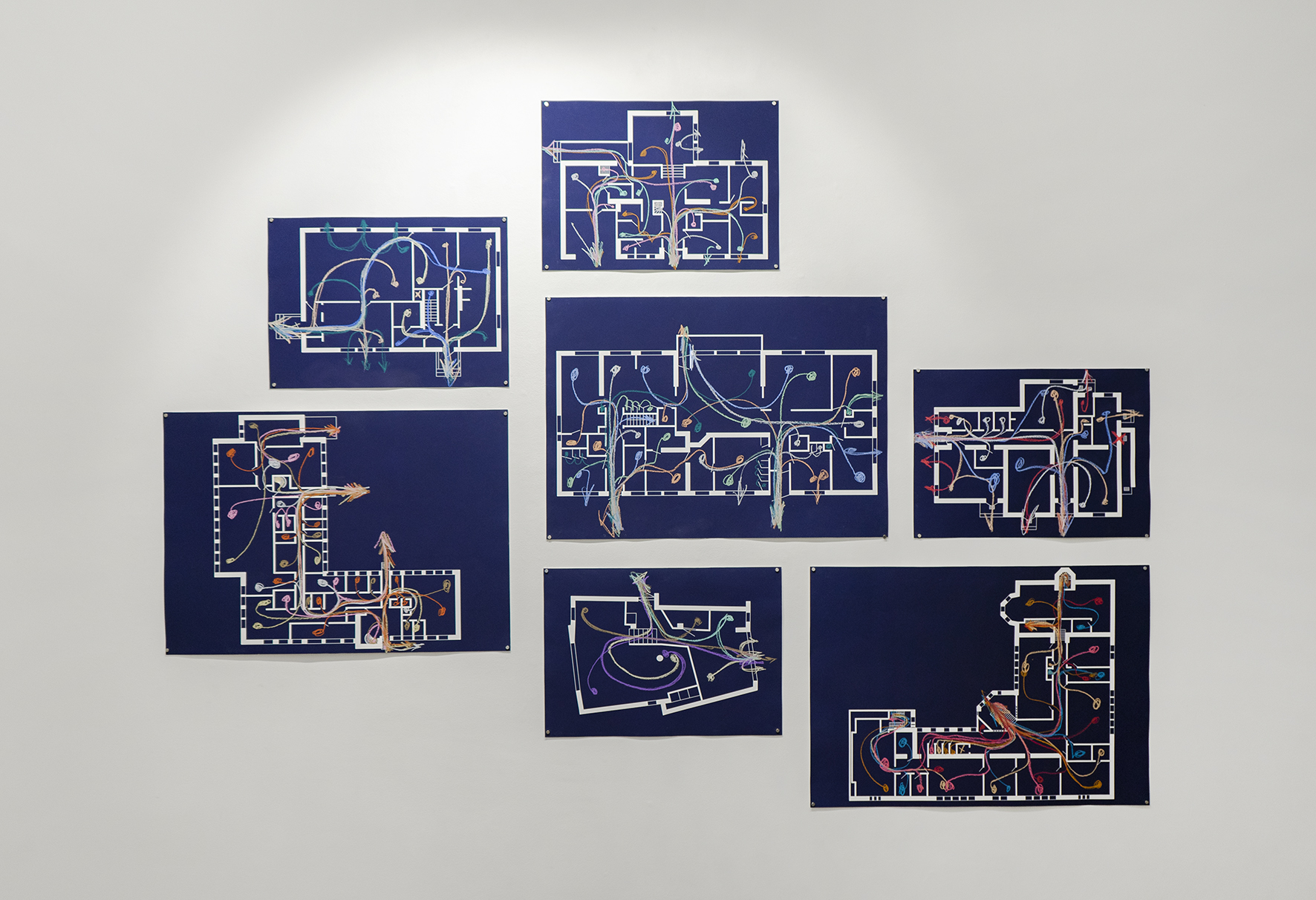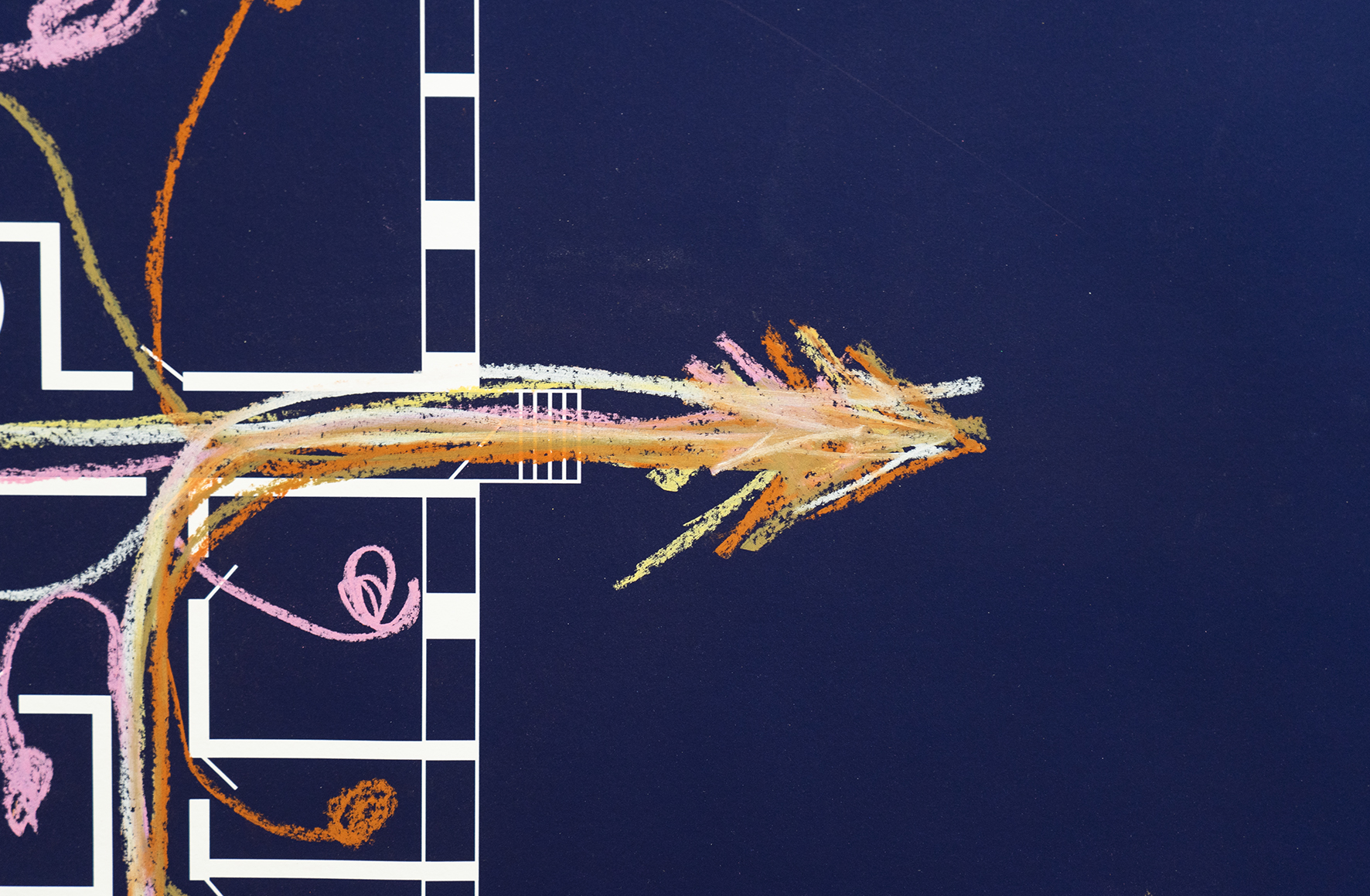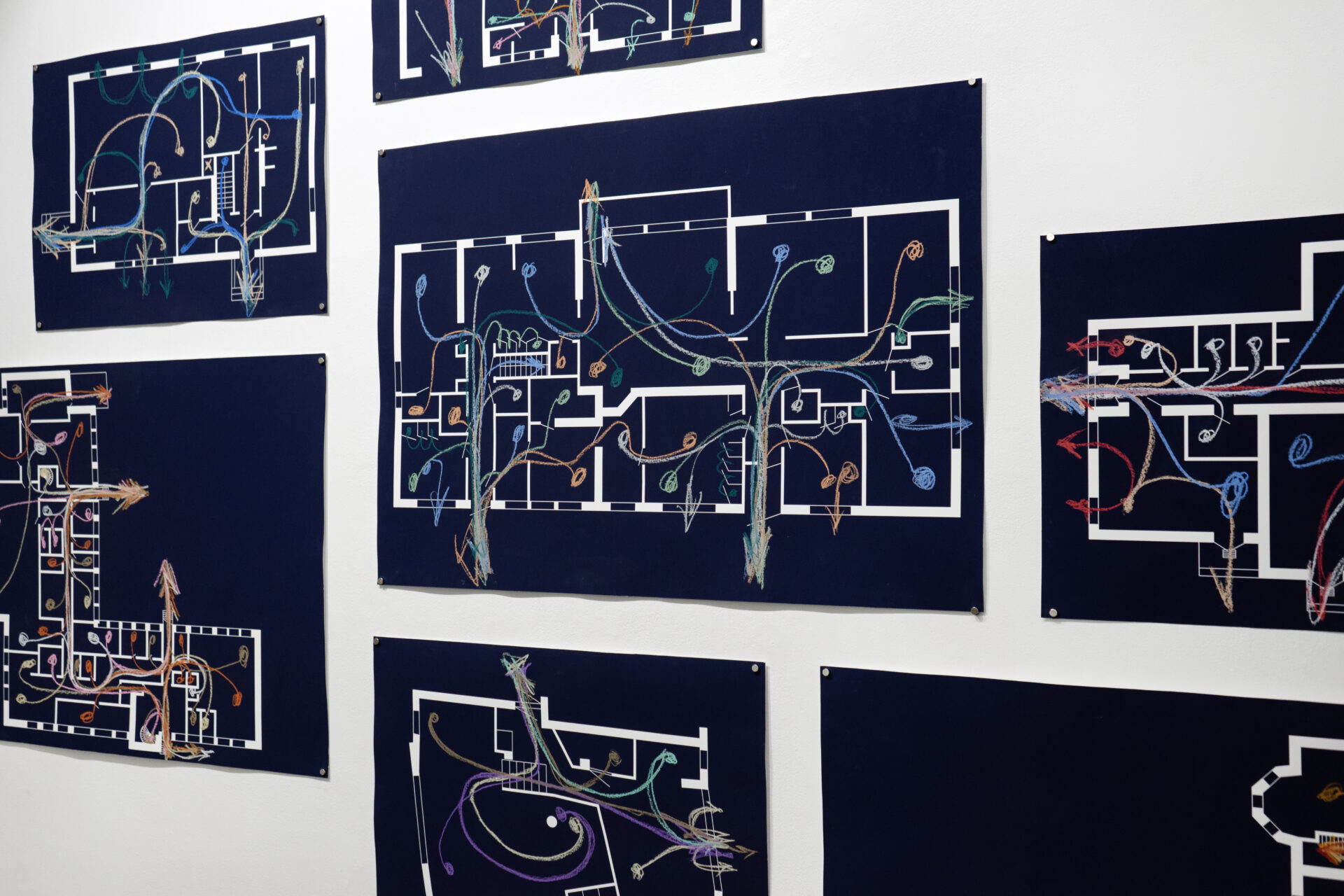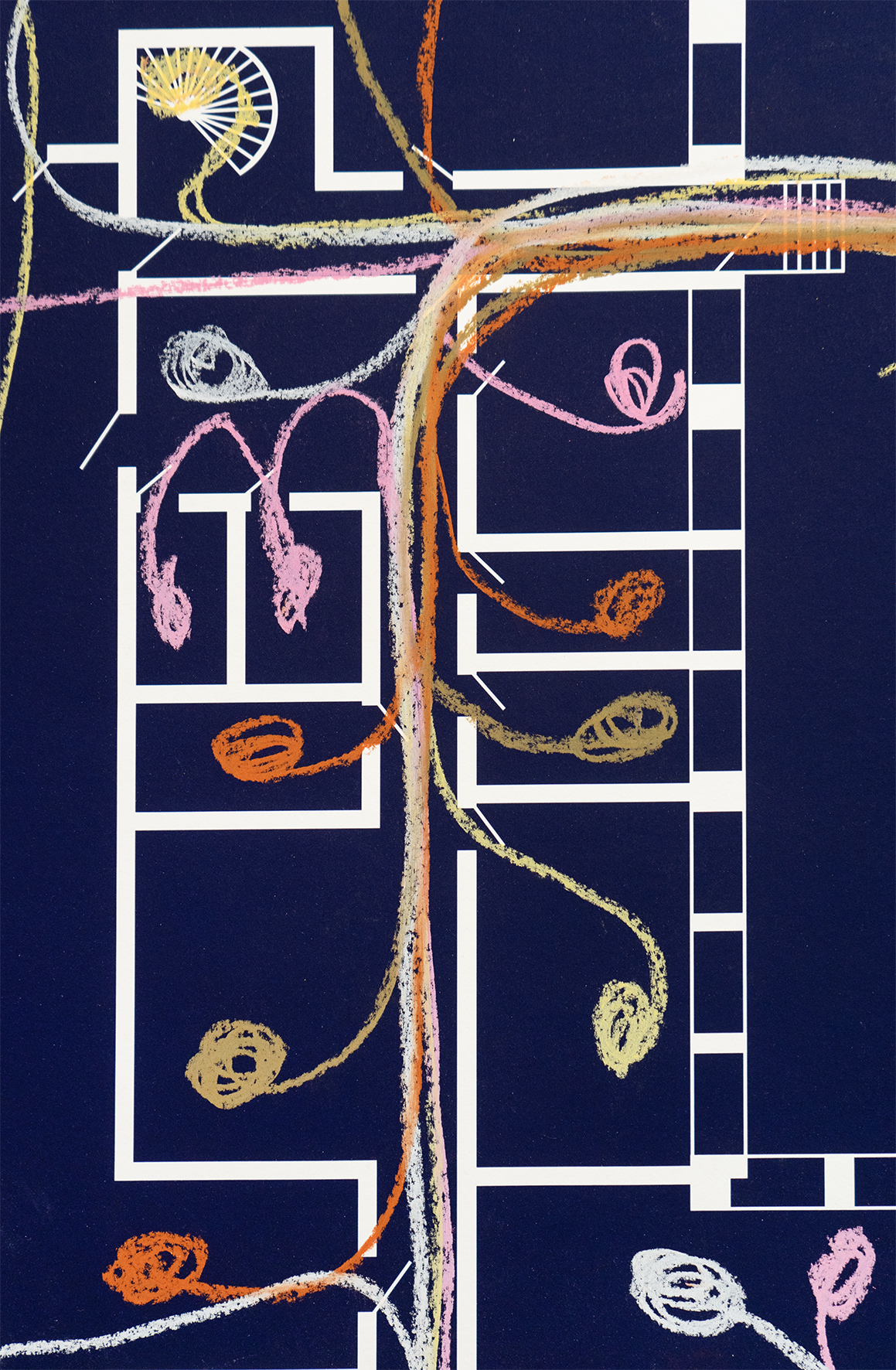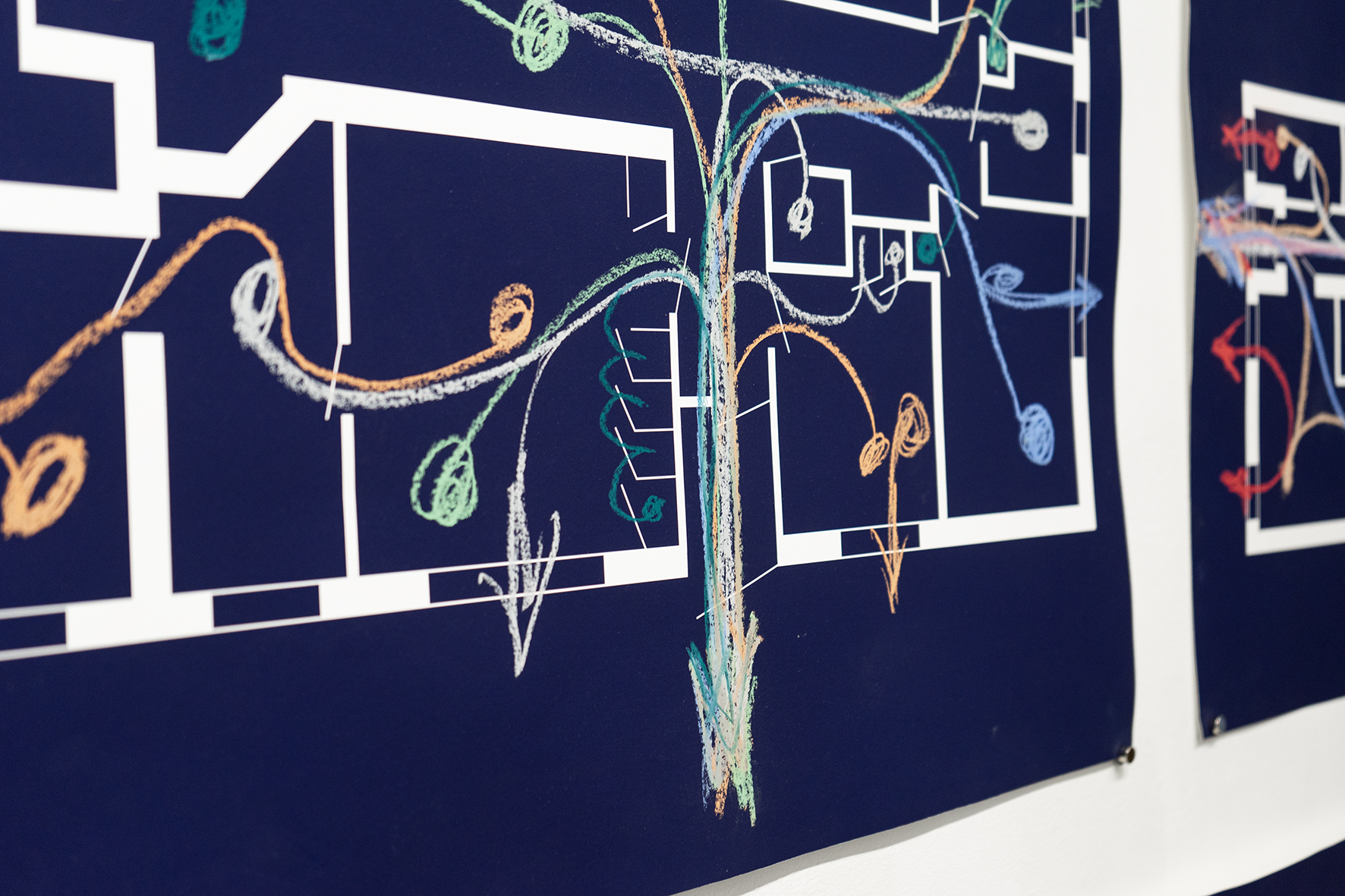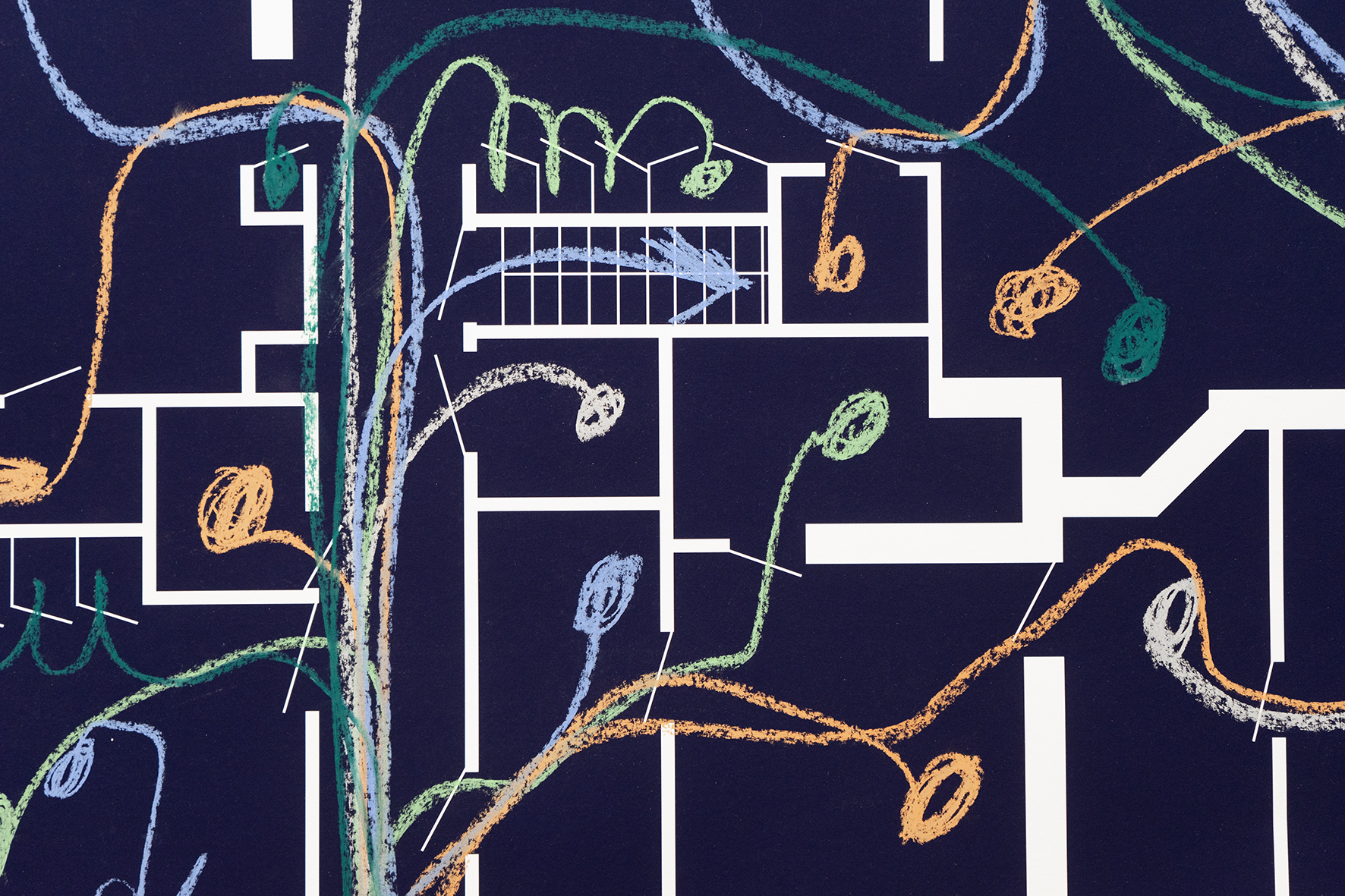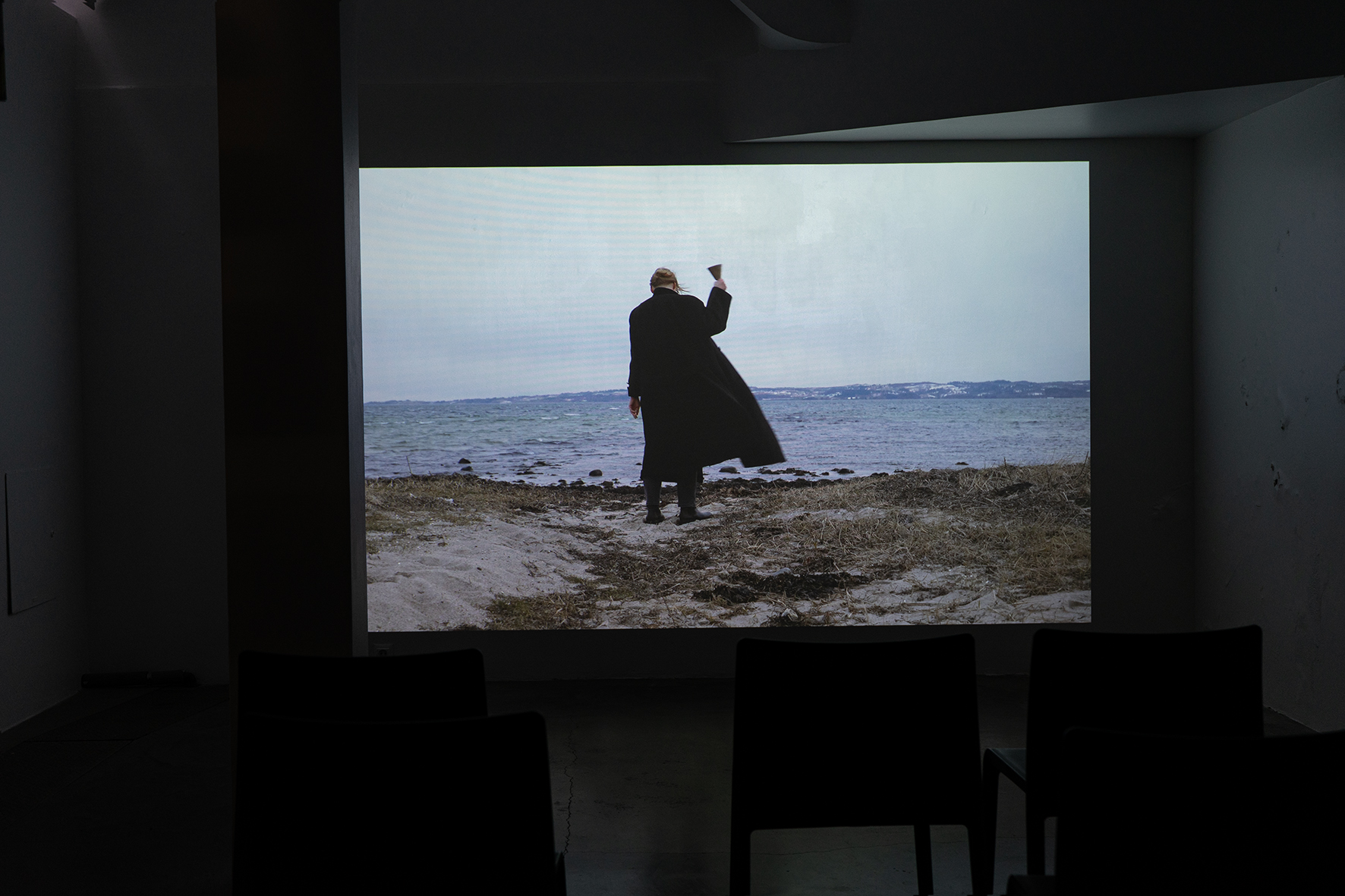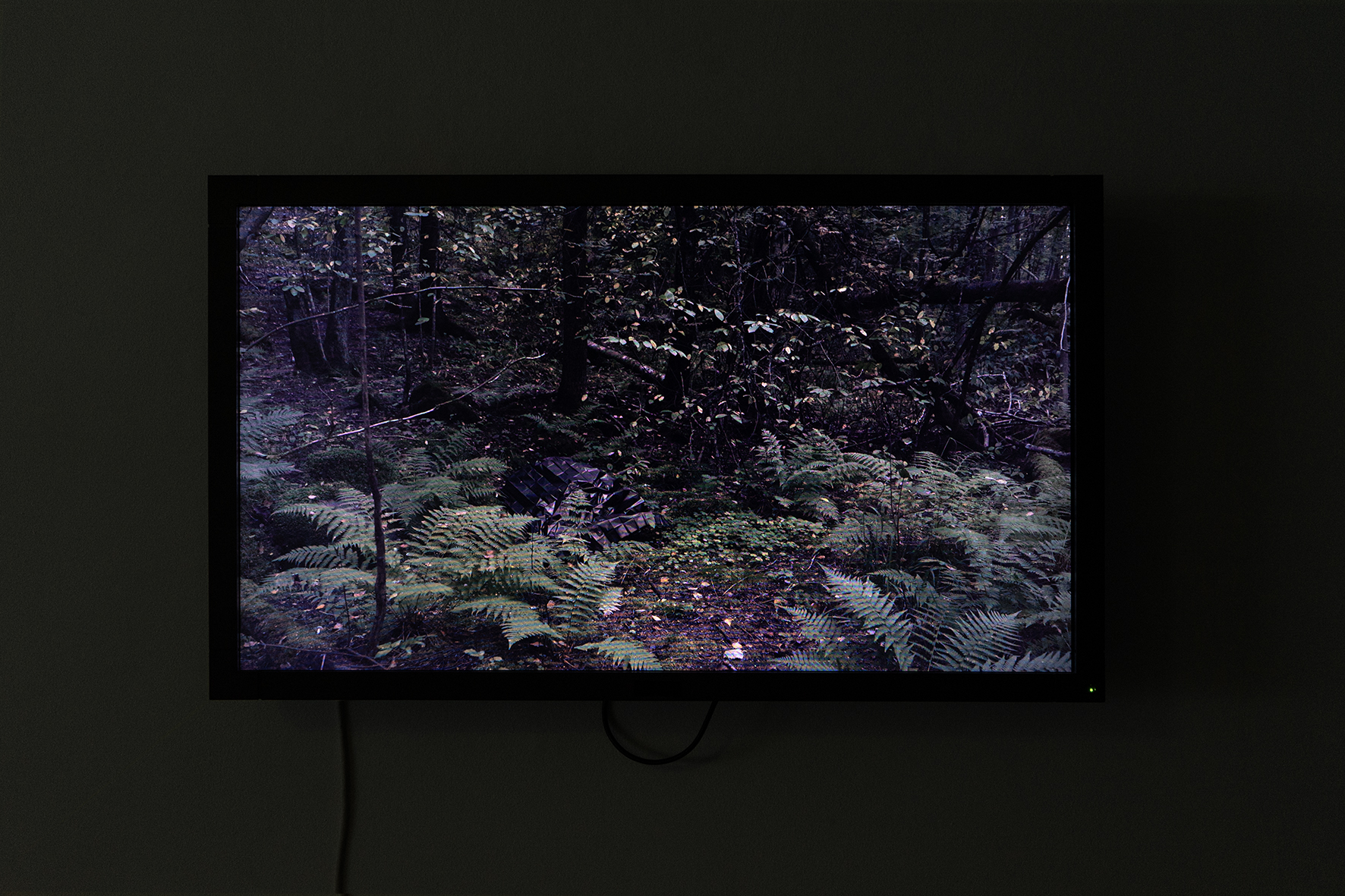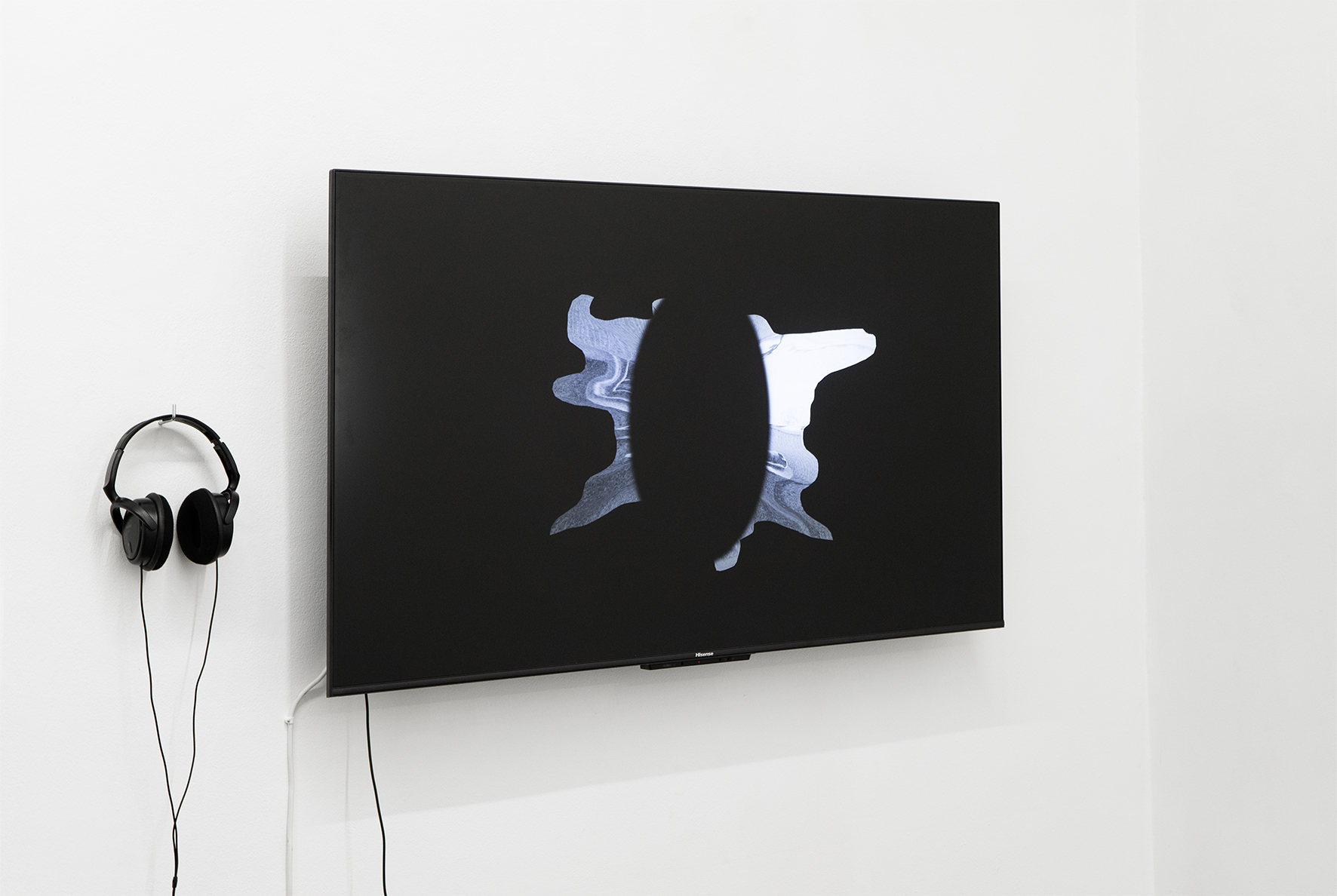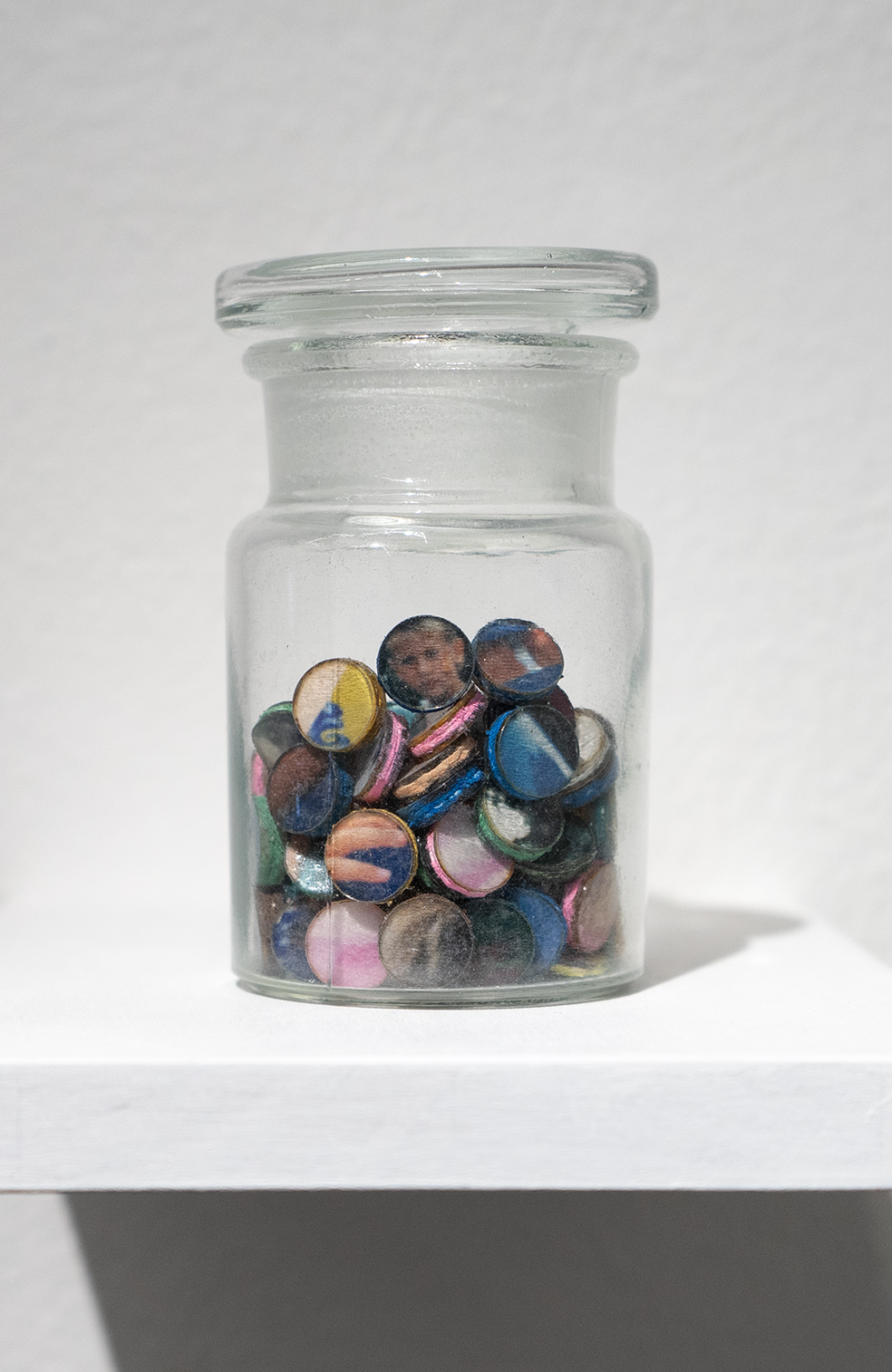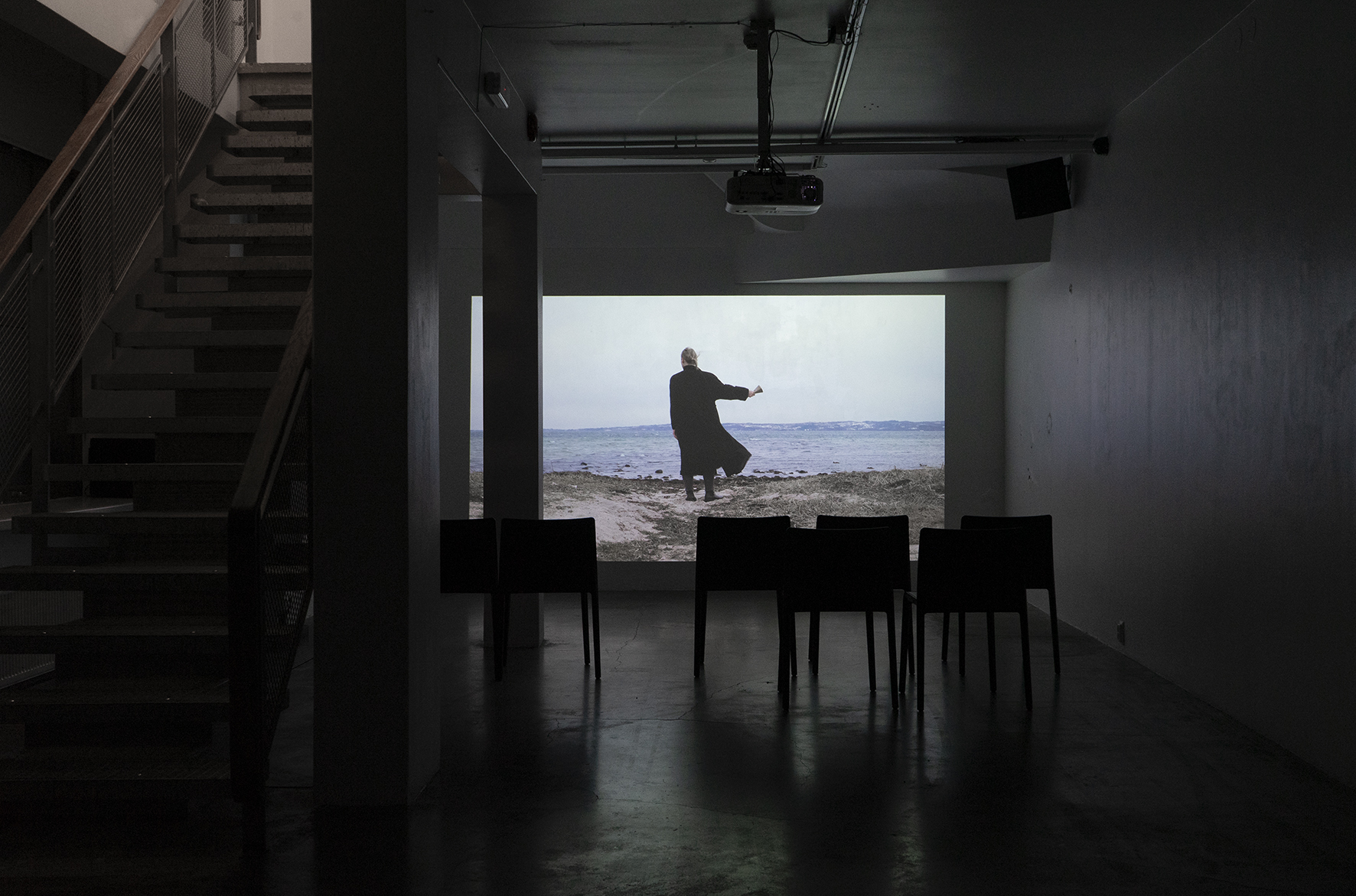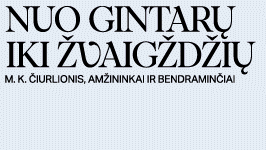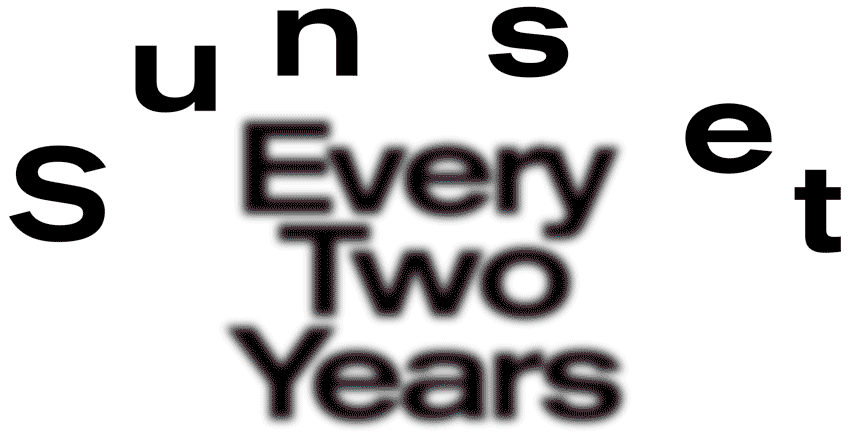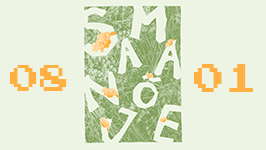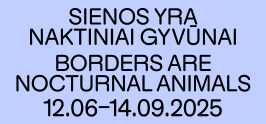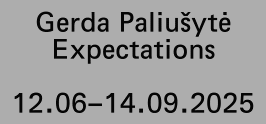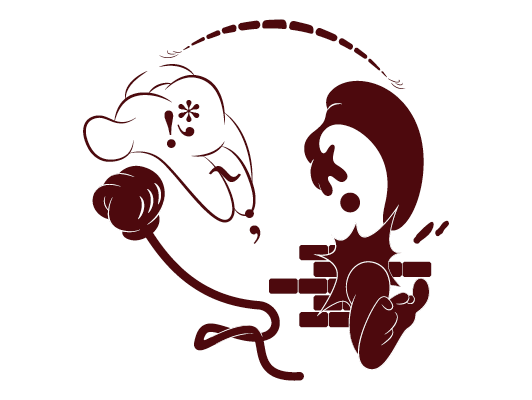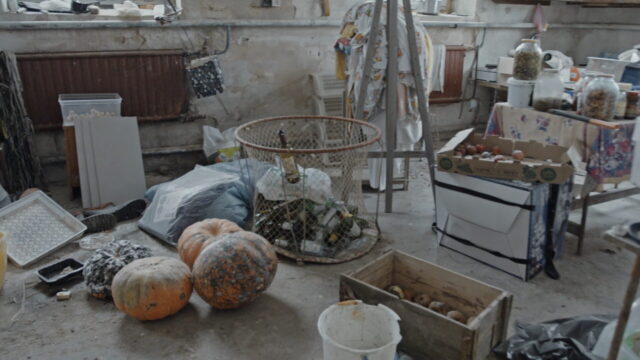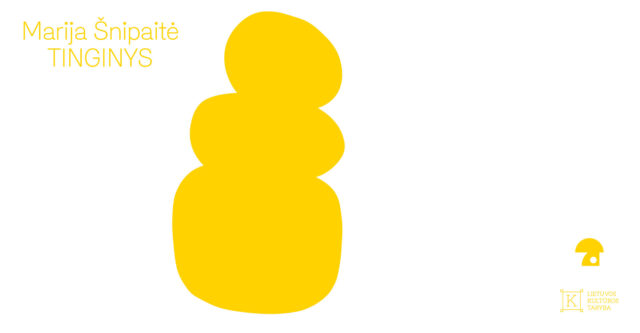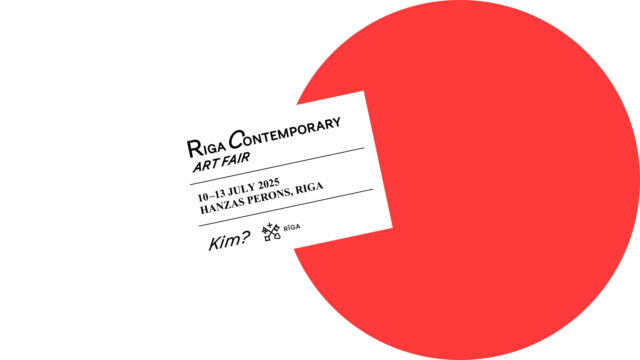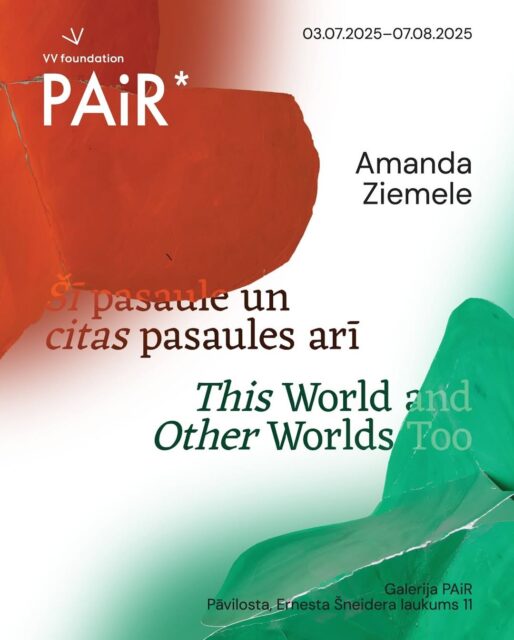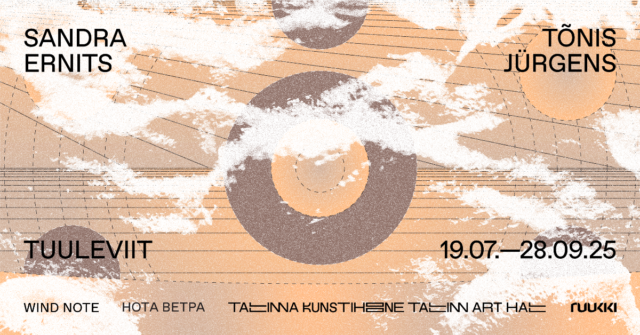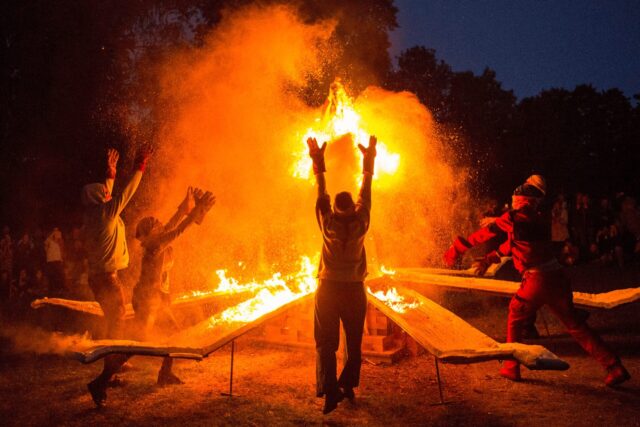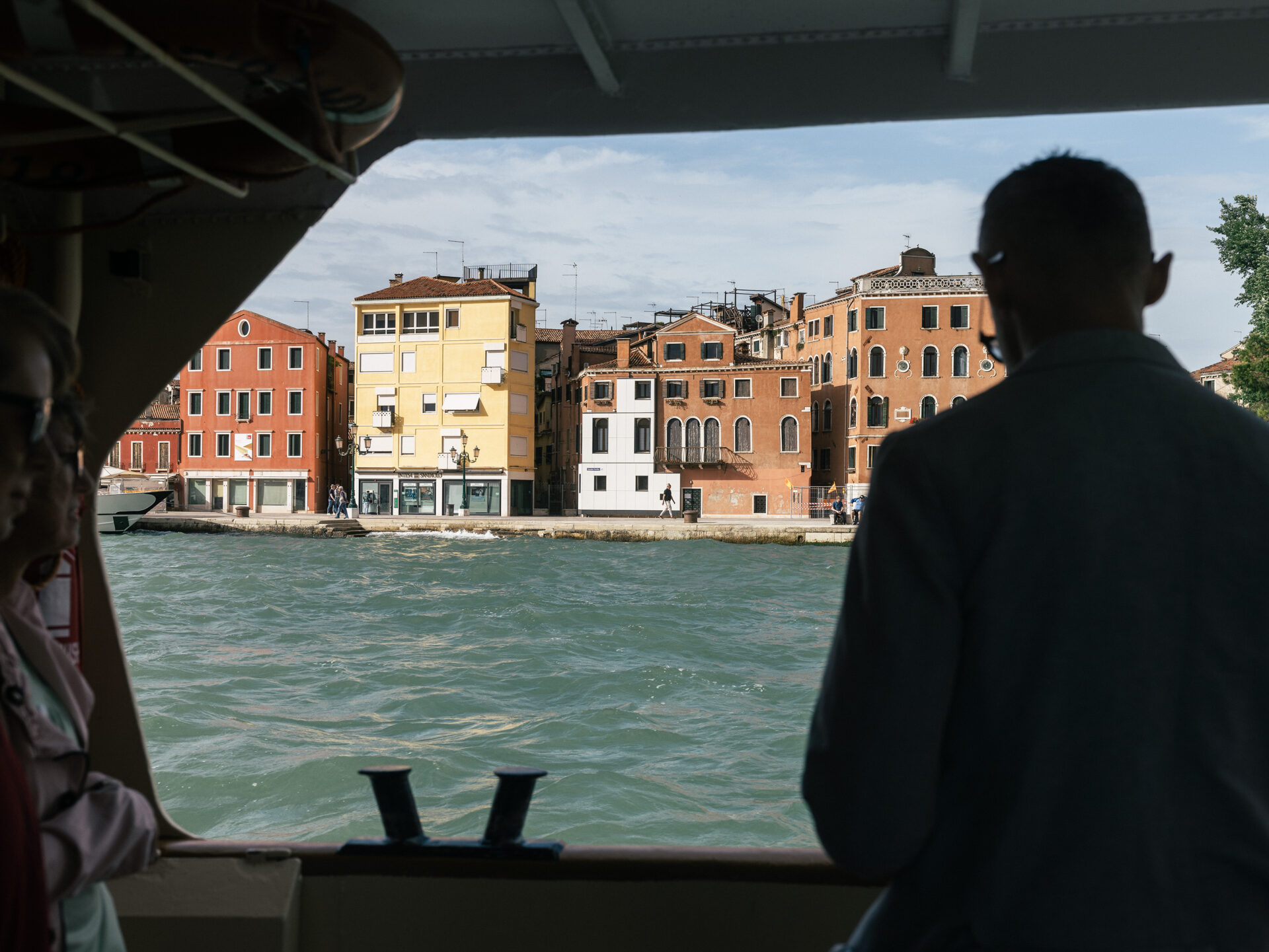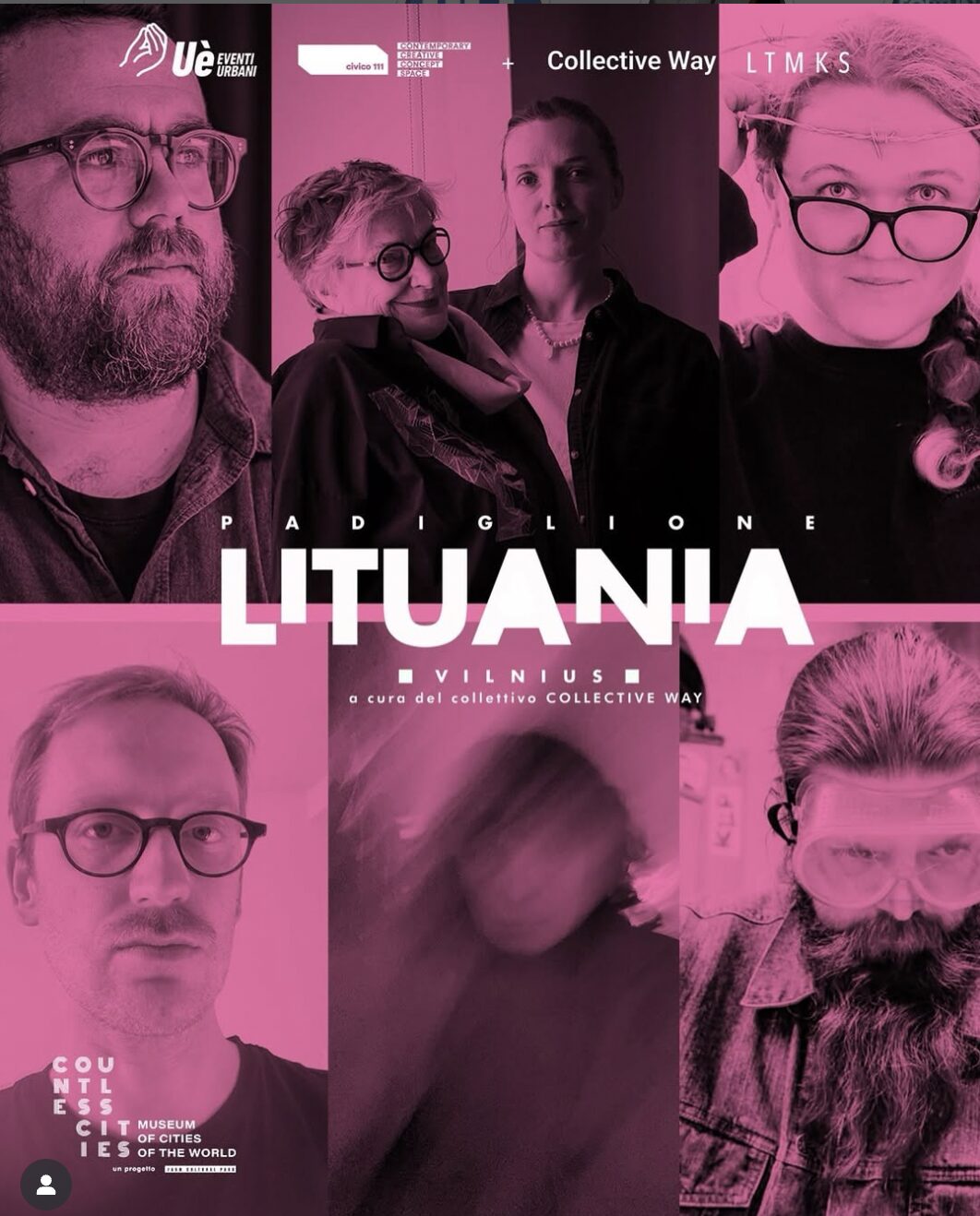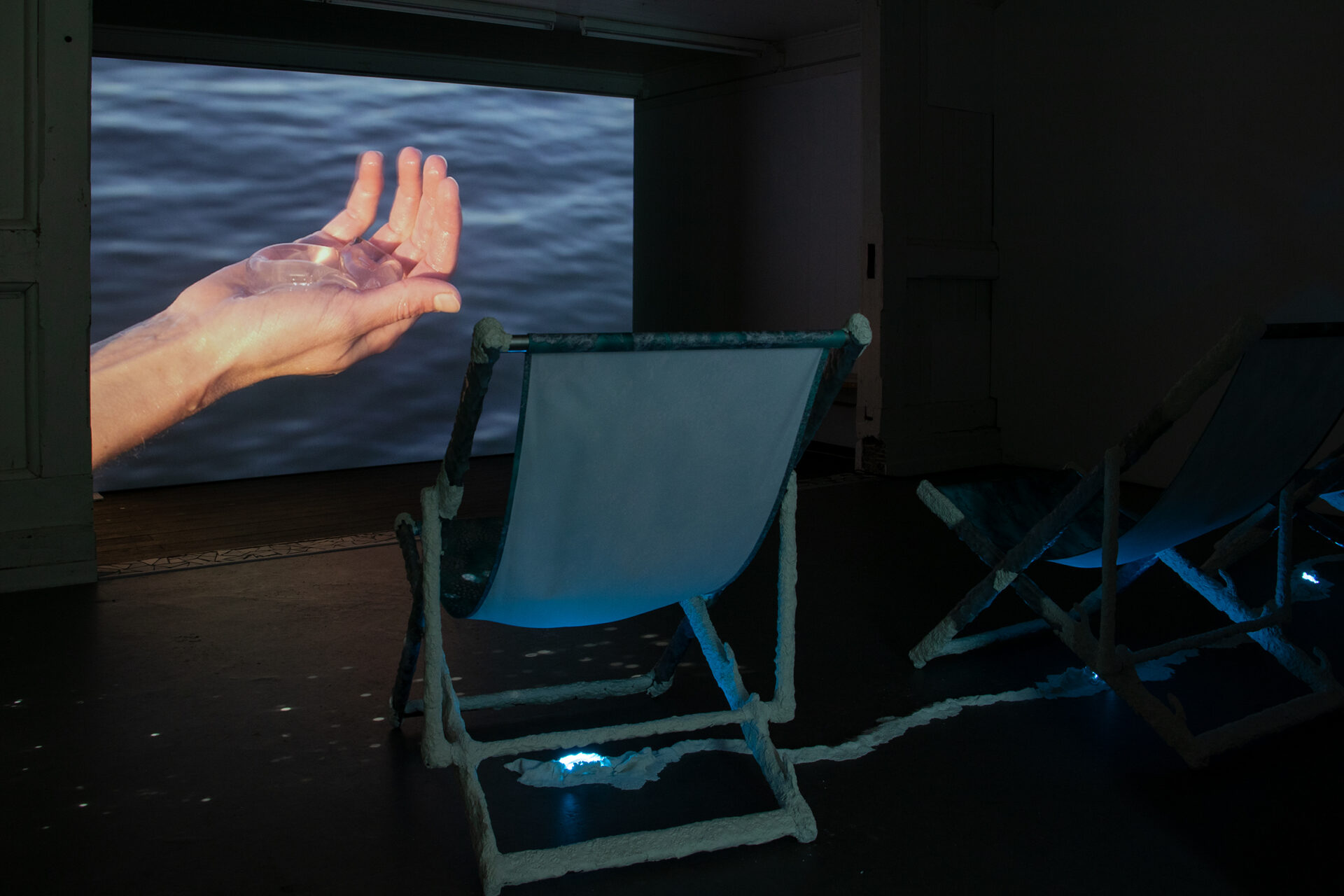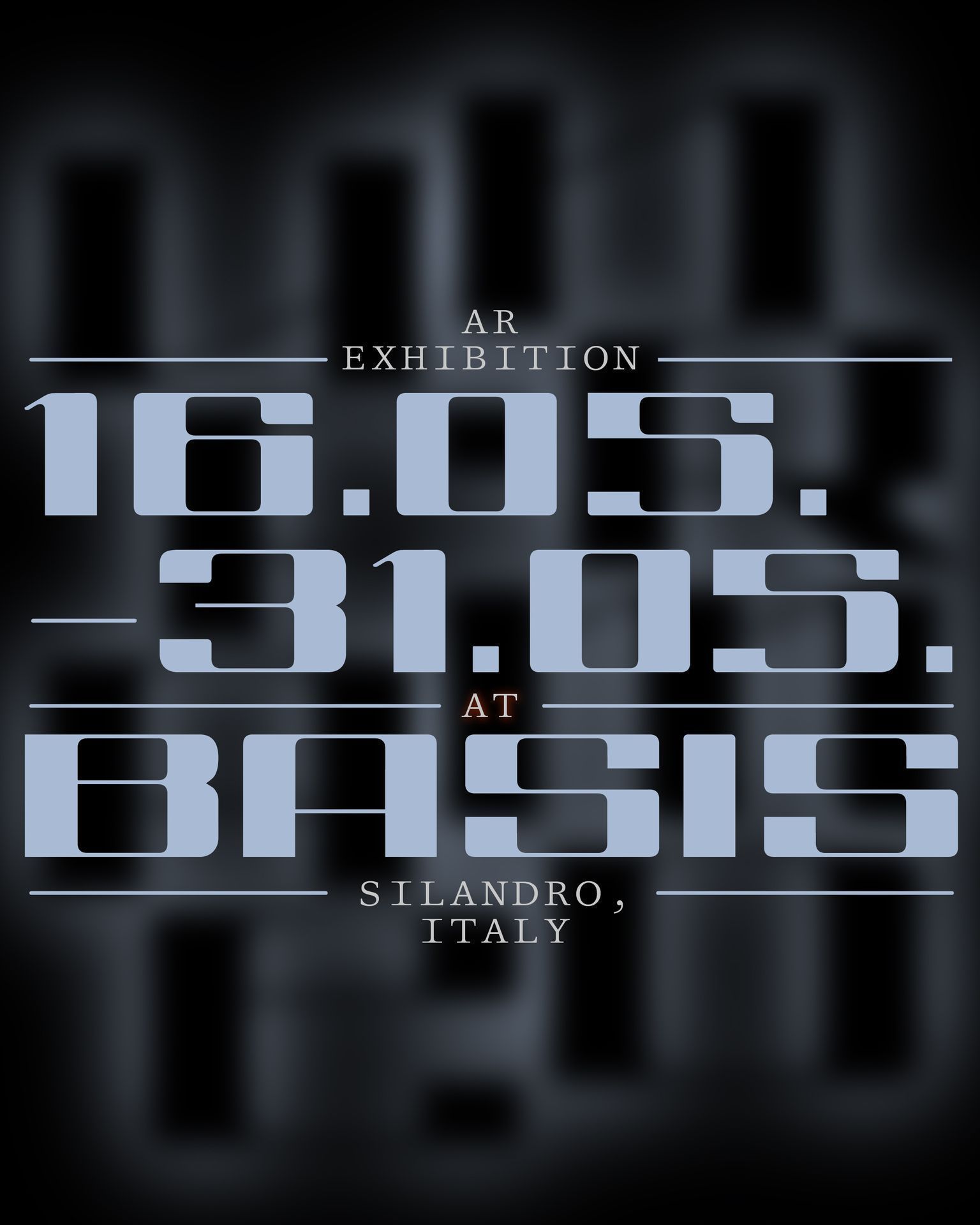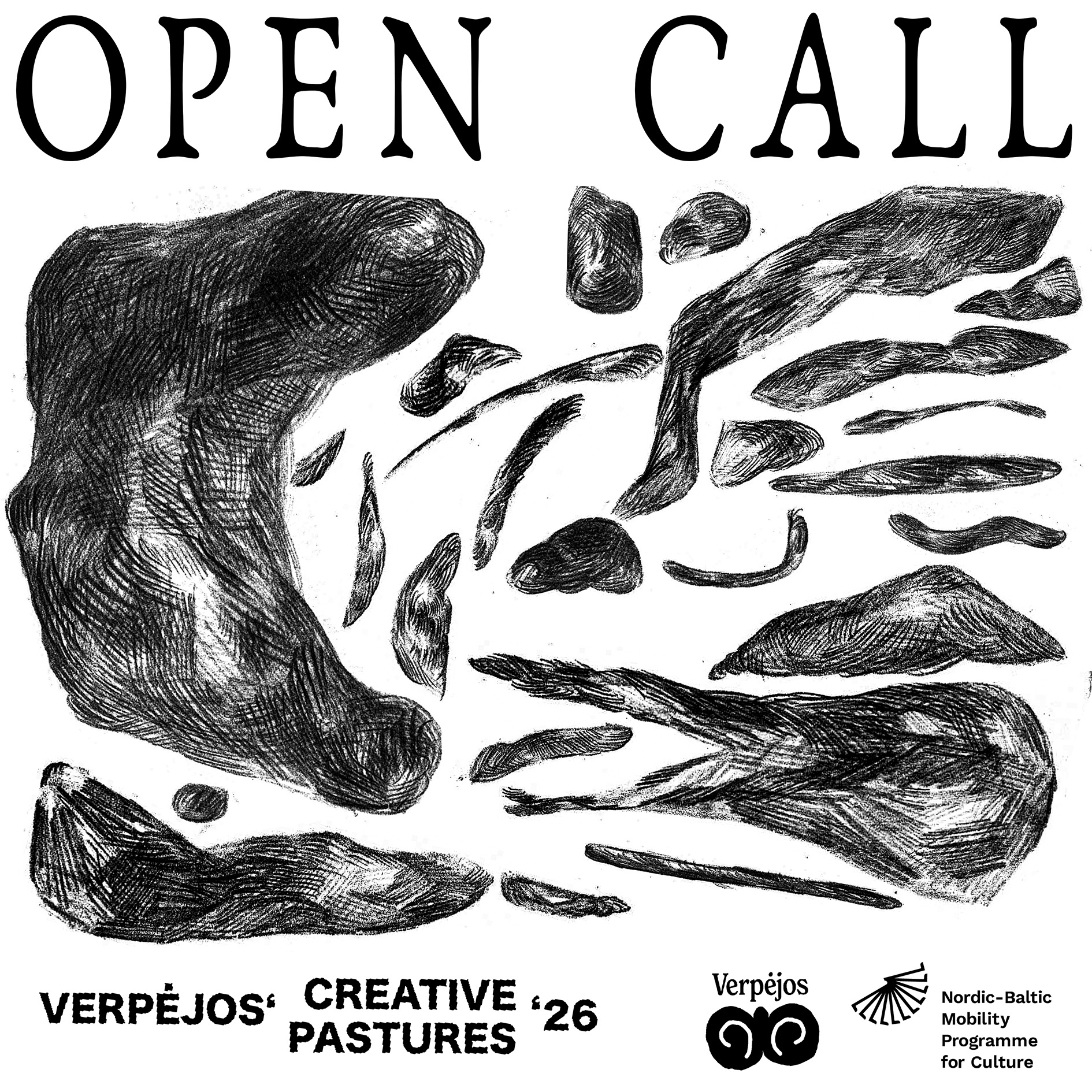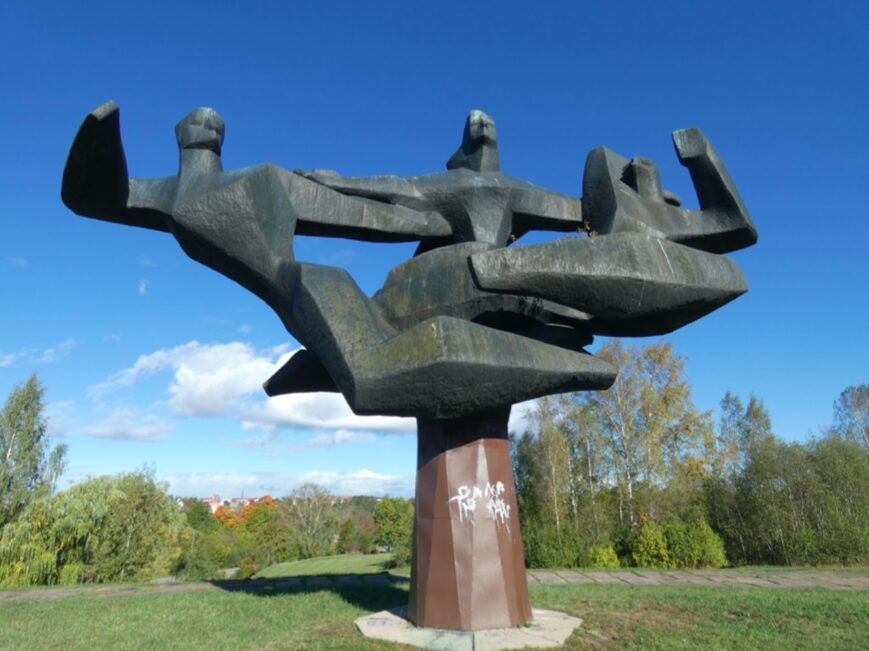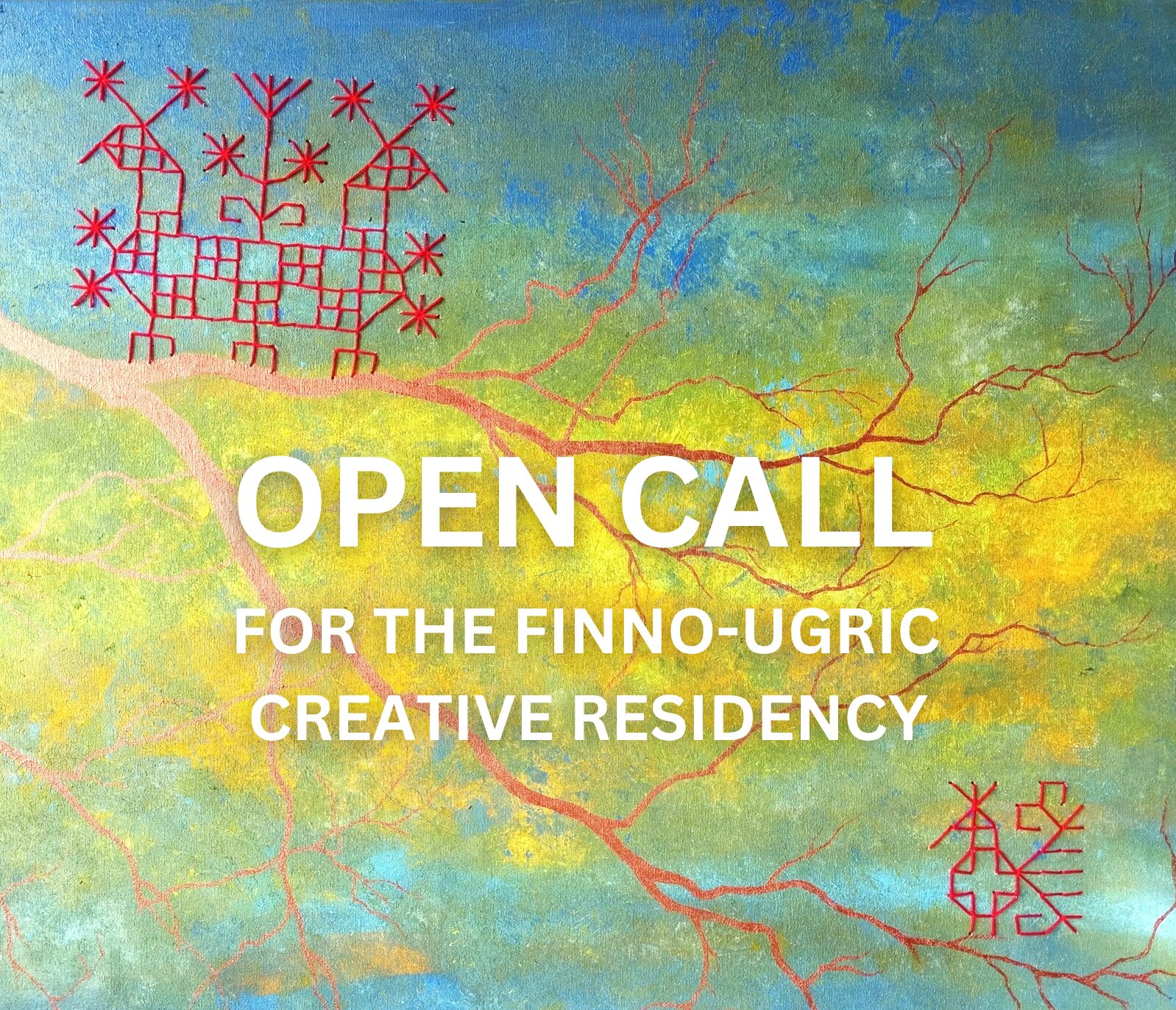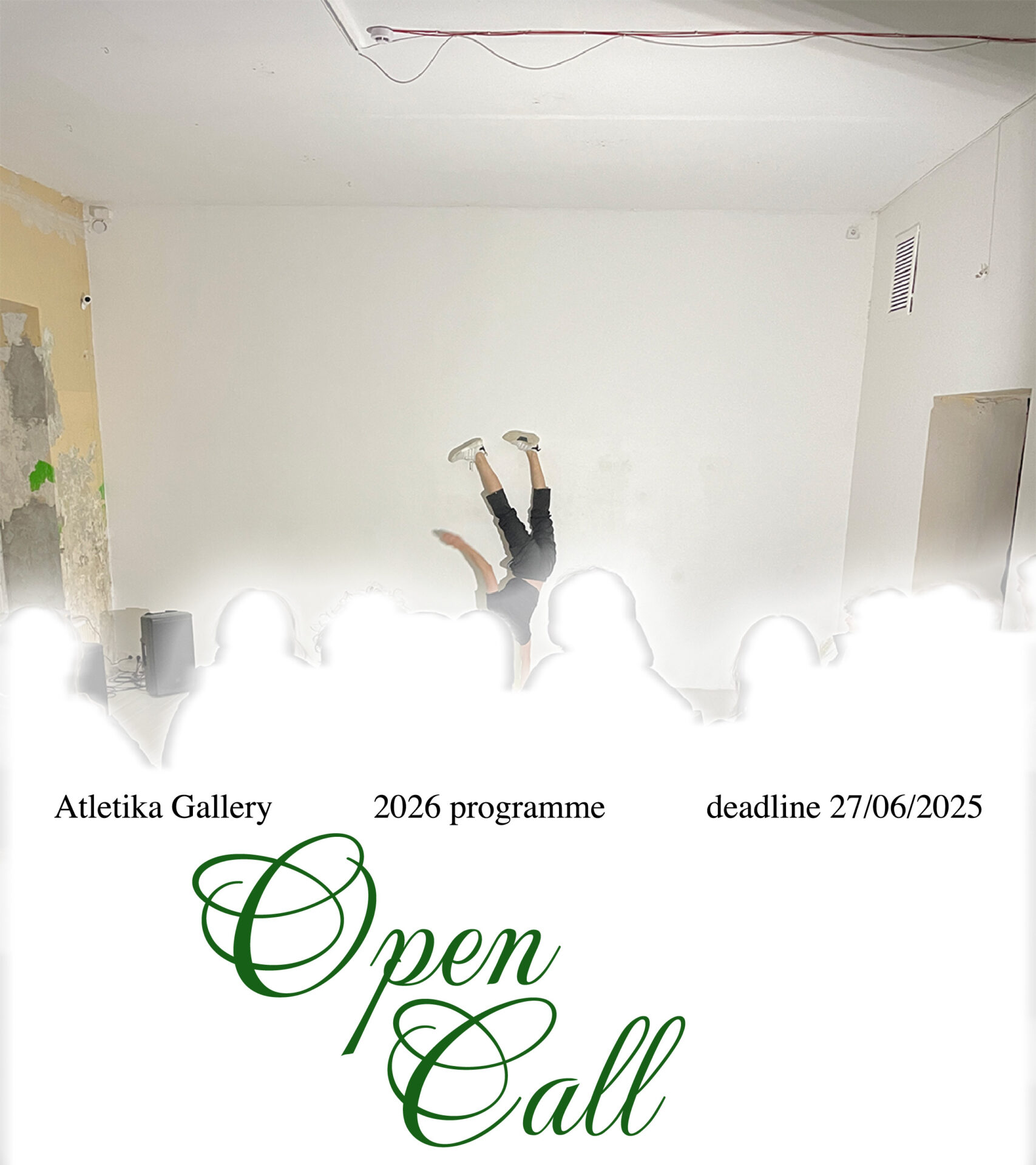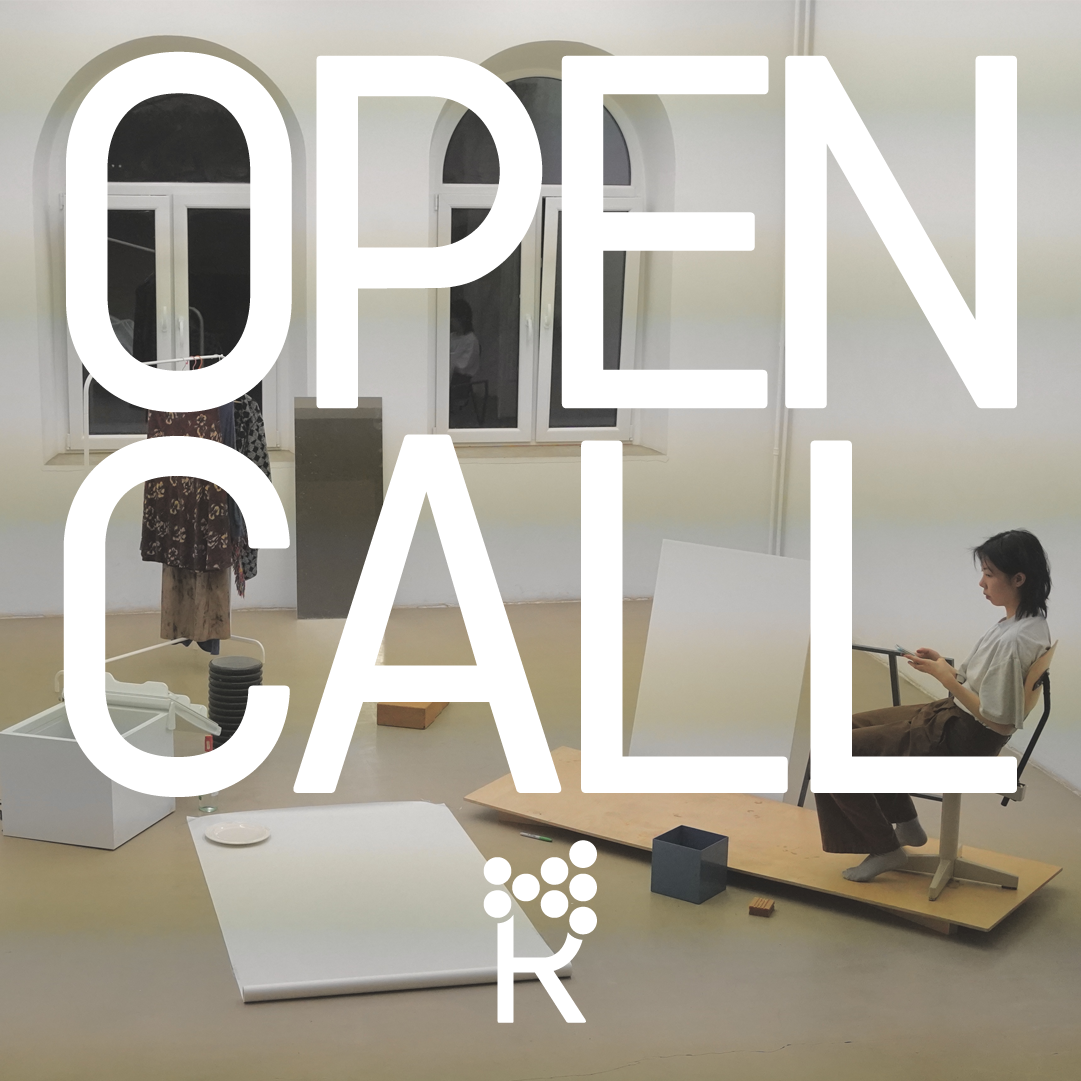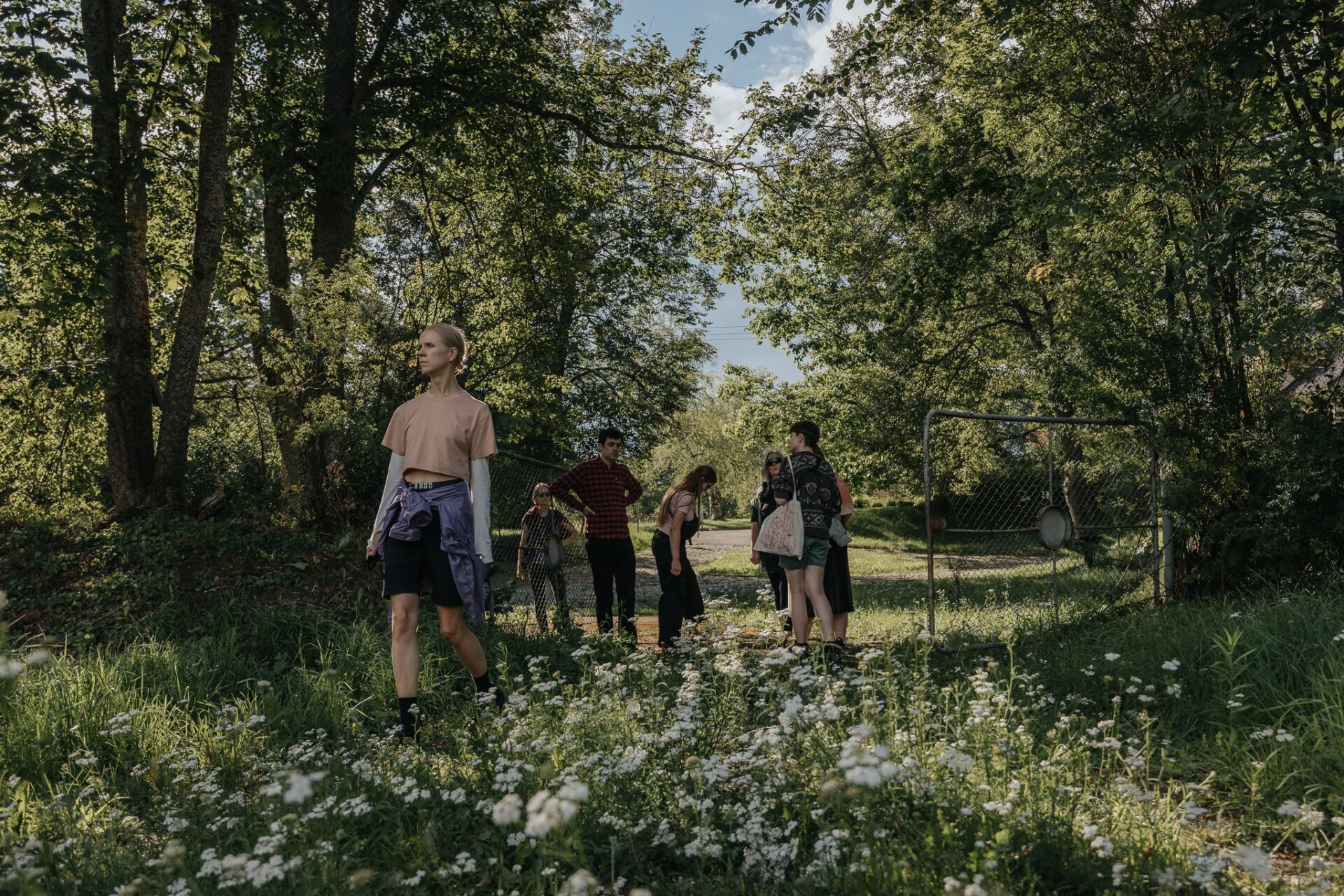The exhibition ‘Weak Signals’ by Hanna Råst runs at Hobusepea Gallery (Hobusepea 2, Tallinn, Estonia) until February 3.
I visited the basement of my childhood home and found a box containing my elementary school notebooks. As I flipped through them, I was struck by how, at that time, global warming was still referred to as the “greenhouse effect.” While discussions about the climate crisis have been ongoing since the 1960s, earlier observations of the Earth’s warming date back to the late 19th century. Despite the consistent warnings, this looming, visible, and ever-impending threat always seems to be pushed into the future.
When we examine future threats, it’s essential to recognize their deep roots in the past and their far-reaching impact on what’s to come. Nothing happens in a vacuum. Nothing happens in a vacuum. When the COVID-19 pandemic began in 2020, scientists had long warned about the dangers of zoonotic diseases. Similarly, wars and genocides—whether near or far—didn’t begin in 2022 or 2023. They are part of long histories of oppression and power struggles. These events have been predicted, they have been visible, yet they persist in our blind spots, especially when swift action is most needed.
In my exhibition Weak Signals, I explore how we might prepare for and find refuge in an increasingly unstable global landscape marked by wars, economic crises, and the climate emergency—issues that are deeply intertwined.
Given that uncertainty and threat cast long shadows over both our societies and personal lives, the works in this exhibition borrow memories from my own past—strategies for protection and escape, if only on a mental level. The title itself, Weak Signals, is borrowed from futurology and the corporate world, where it refers to an event or phenomenon that serves as an early indicator of change.
A weak signal is the first symptom of change. The future isn’t always “visible” in a conventional sense, but it can reveal itself through subtle symptoms, in various forms. By learning to read these symptoms, we can better observe and anticipate potential changes. While a weak signal often refers to something unexpected that challenges prior assumptions, even well-known phenomena can evolve in unforeseen directions. Consciously developed events, innovations, or phenomena can sometimes yield far more significant consequences than we ever anticipated.
The exhibition explores themes of safety and threat through moving images, object-based works, and drawings. These works do not aim to provide solutions but rather function as indicators, from which a seeker of weak signals can extract fragments of information (or memory) to uncover the frequencies of the future.
Hanna Rast
Hanna Råst is a visual artist based in Helsinki whose work explores themes of memory, trauma, and transience through archaeology, ecology, and psychology. Råst works with lens-based media, sculpture, and text-based art. Her works often begin with archival materials such as photographs, found objects, historical sites, or narratives, through which she reflects on the impact of the past on the future. Weak Signals is Råst’s first solo exhibition in Tallinn. Her work is supported by the Kone Foundation for 2025–2026.
Exhibitions at the Hobusepea gallery are supported by the Cultural Endowment of Estonia, the Estonian Ministry of Culture, and Liviko AS.
Photography: Anna Mari Liivrand
